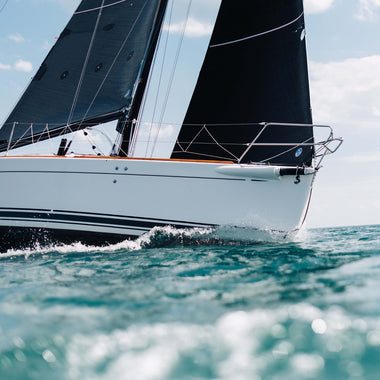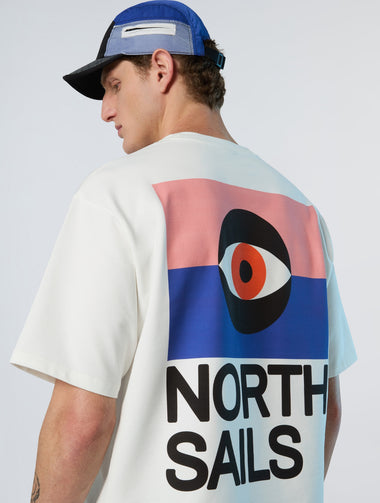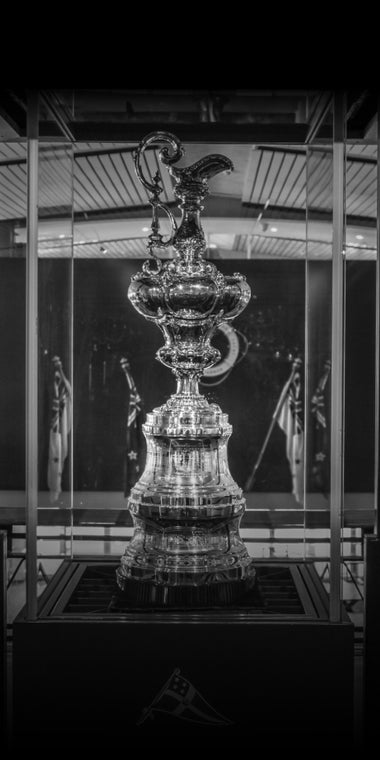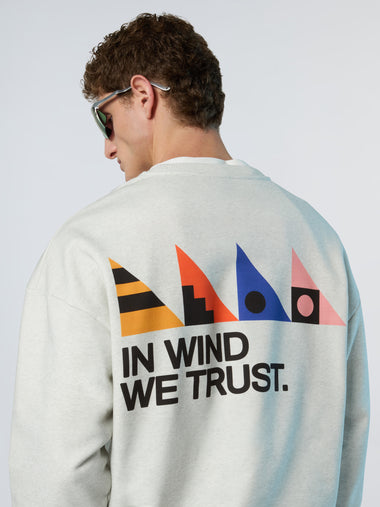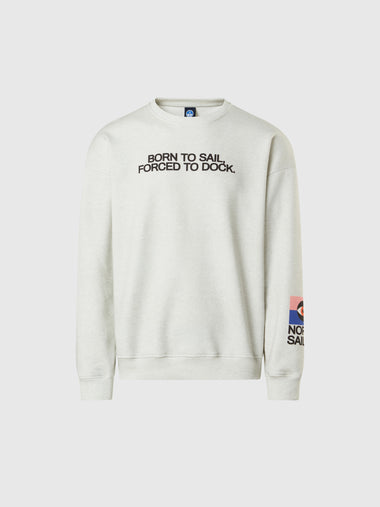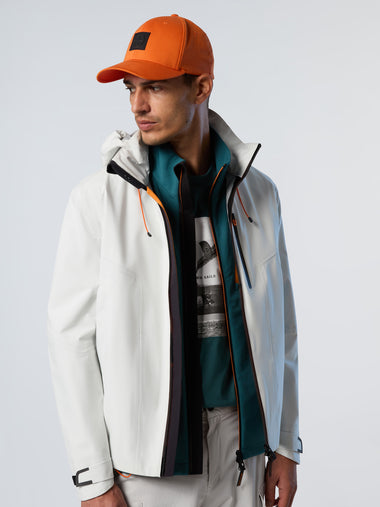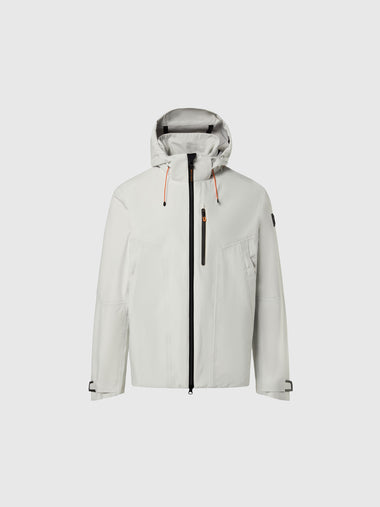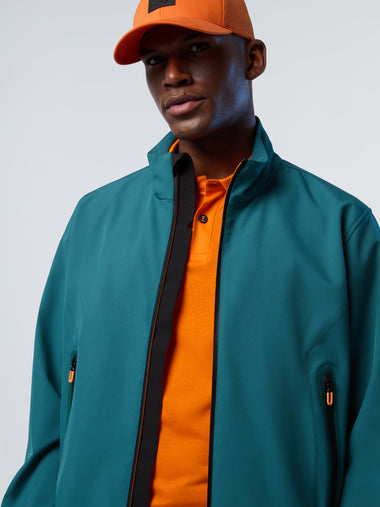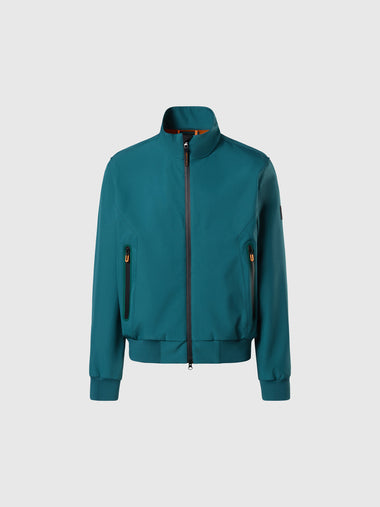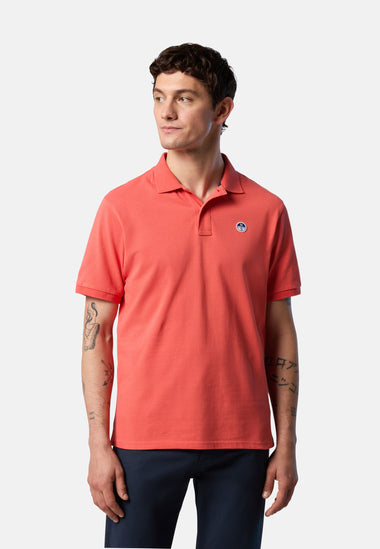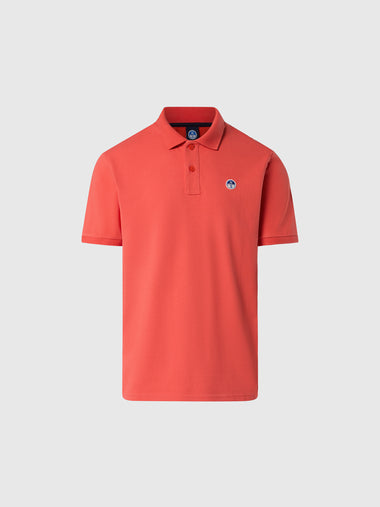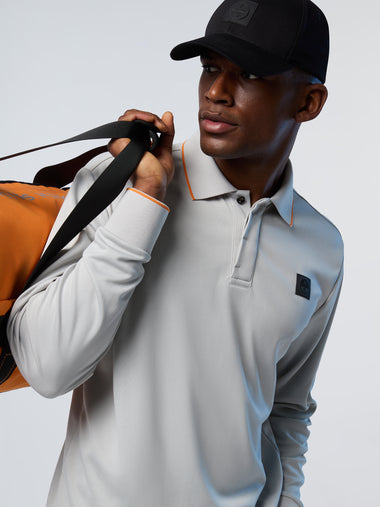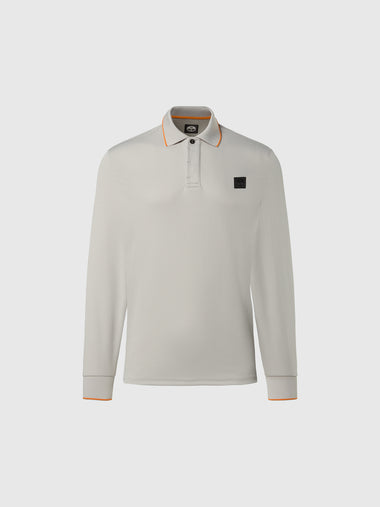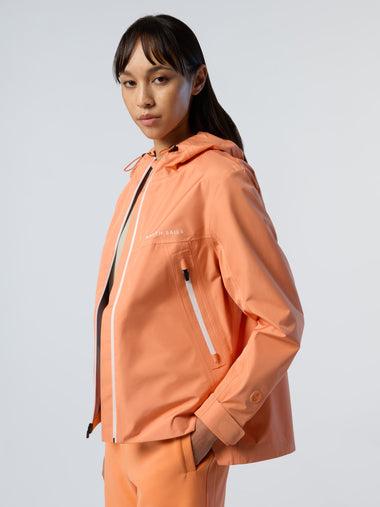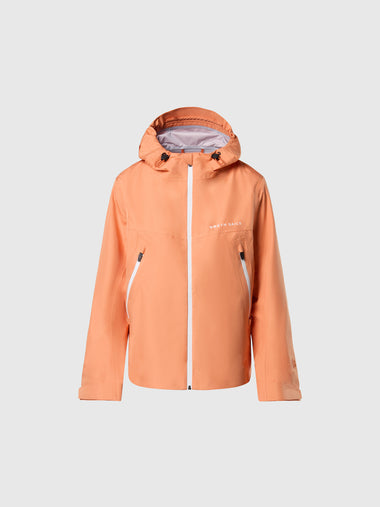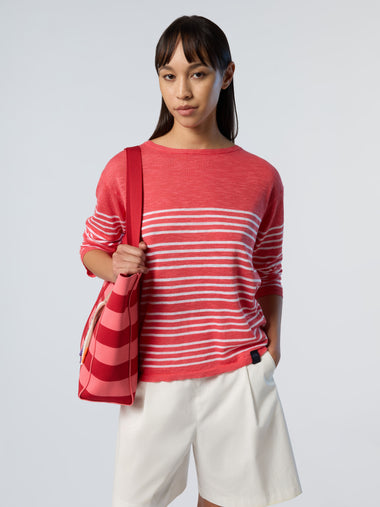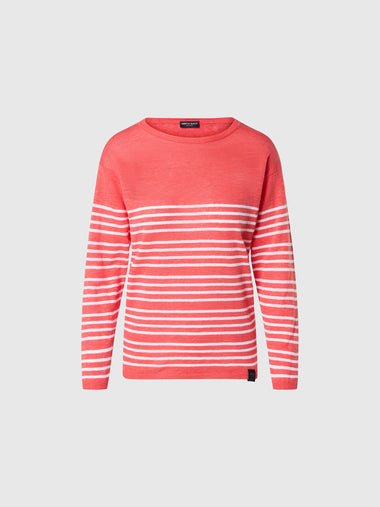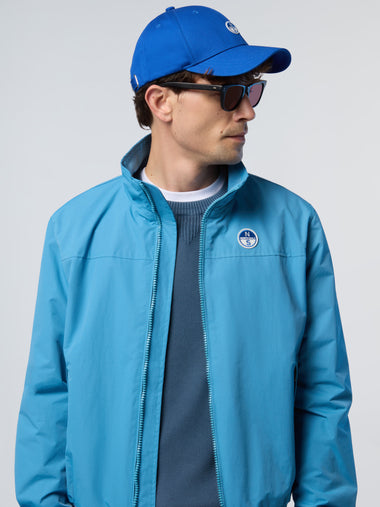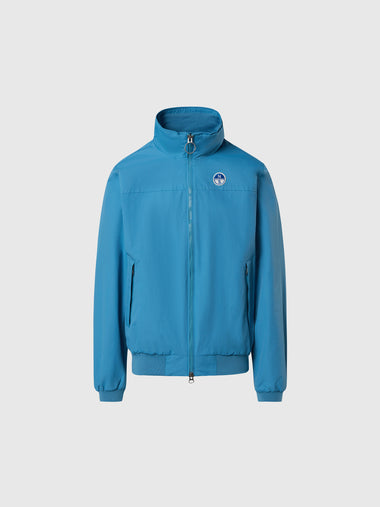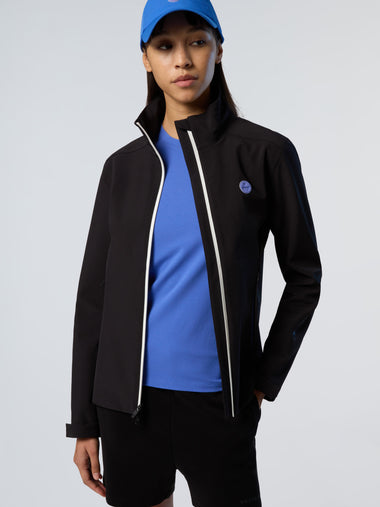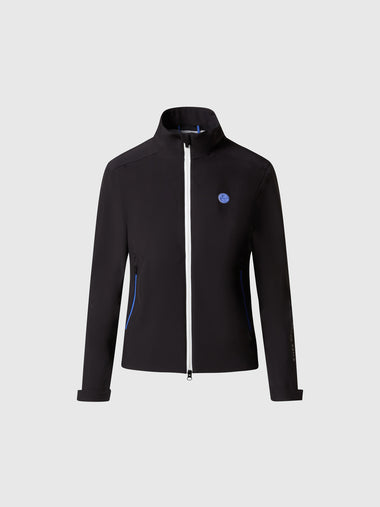NORTH SAILS BLOG
All
Events
Guides
News
People
Podcast
Sustainability
Tech & Innovation
Travel & Adventure

LET'S TALK FURLING
LET’S TALK FURLING
Furl Everything with Jack Orr and Austin Powers
Furling and stowing systems used on both Racing and Cruising boats make sailing easier and safer. North Sails experts Keith Church and Austin Powers discuss sails, systems and the best applications for you.
READ MORE
READ MORE
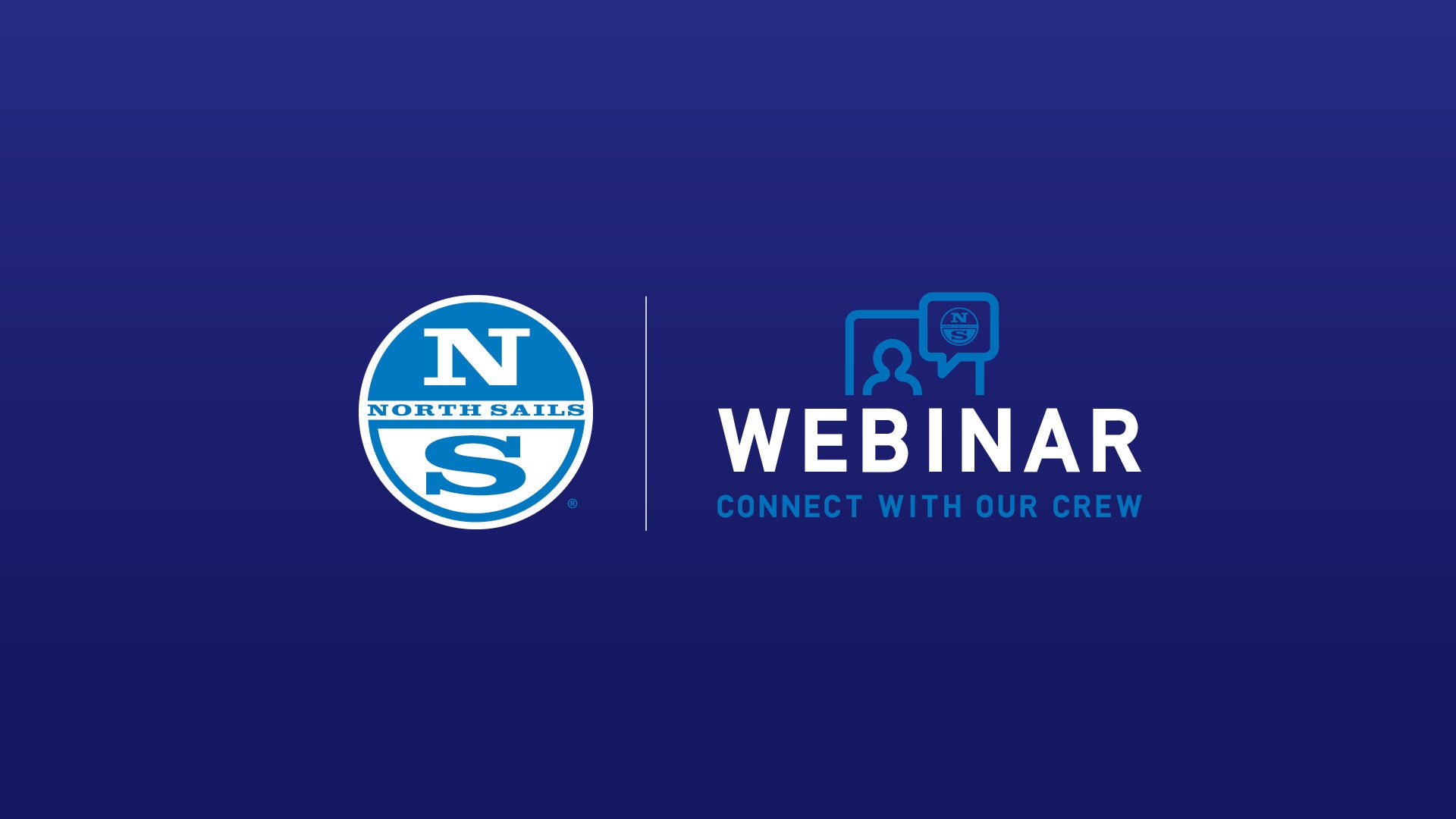
LET'S TALK OPTIMIST [GERMAN]
LET’S TALK OPTIMIST
All Things Optimist
North Sails experts Kicker Schäfer and Miklas Meyer talk all things Optimist.
READ MORE
READ MORE
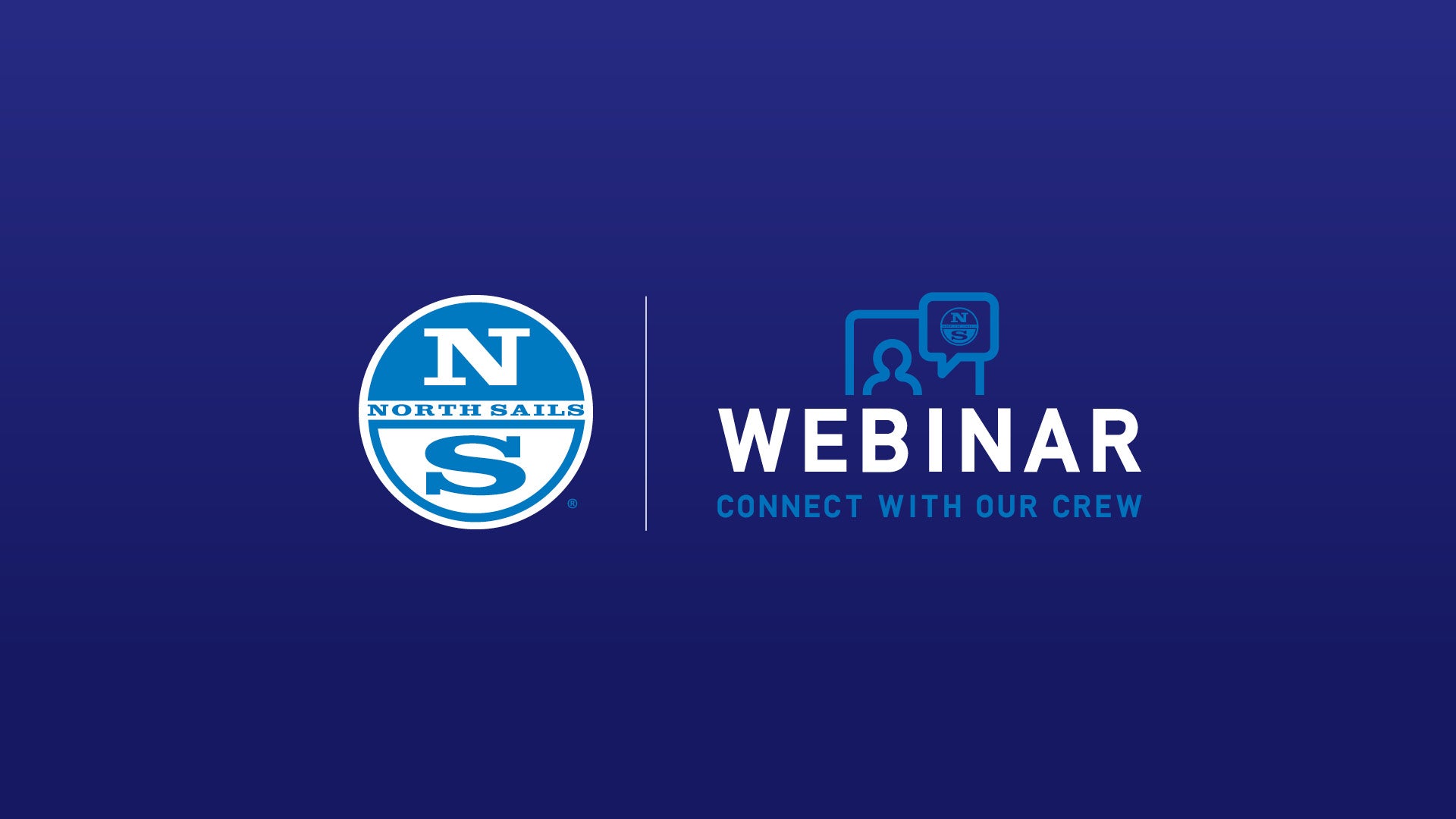
LET'S TALK OFFSHORE SPRIT BOATS
LET’S TALK OFFSHORE SPRIT BOATS
Boat Setup and Tactics
With the J/109 North American Championships coming up August 13-16, 2020 and the growth in the One Design sprit boats in Chicago, Keith Church and Jack Orr share some insights in boat setup and tactics on the racecourse.
READ MORE
READ MORE

CUNNINGHAM INSTRUCTIONS FOR THE NORTH 9DSX MOTH MAINSAIL
THE NORTH SAILS DECKSWEEPER CUNNINGHAM SYSTEM
Alex Hayman and Moth Class Leader Rob Greenhalgh Provide Rigging Instructions for the New 9DSX Decksweeper
📸 Susanne Souter
The Cunningham system for the new North 9DSX Decksweeper is slightly more complicated than past versions. It is necessary to distribute the load between the main part of the conventional sail (the 3Di blank) and the Decksweeper portion to obtain an ideal sail share. The load-ratio is approximately 65% in the 3Di blank and 35% in the Decksweeper. You achieved this by using a single line system configured as per the description below.
It is not necessary to use all four hooks for the Decksweeper portion, and it’s acceptable to use one hook each side attached to the outside of the sail. Two hooks on each side of the sail add an 8:1 purchase into the Decksweeper, where single hooks each side add 4:1.
The amount of purchase you choose to use on the center purchase running to the main tack of the sail (the 3Di Blank) is your choice; 8:1 or 12:1 centrally and then 2:1 or 4:1 on each Decksweeper panel is recommended.
For reference, Tom Slingsby used: 8:1 in the middle and 2:1 on each Decksweeper panel at the 2019 Moth World Championship in Perth Australia, whereas Robert Greenhalgh used 12:1 in the middle and 4:1 on each Decksweeper panel.
In the system shown below, we use a standard Exocet cunningham system but have added in four Allen a2020shk, two Harken 2698, and one Harken 2158.
The system starts with a 3:1 starting at the lead ring, going down to the double cheek block, then up around the lead ring, and finishing on the double block. You then need to tie two blocks onto the eye straps on the bulkhead and two around the king post loop. Once you have done this, you can pass the rope through all of the blocks, as shown in the photo, using the hook blocks, and then the system is complete.
Once set, the lead ring attaches to the main point at the base of the sail, and then the hooks attach to the webbing loops on the outside and inside of the Decksweeper. Picture 3 shows the system inside the Decksweeper once rigged.
READ MORE
READ MORE
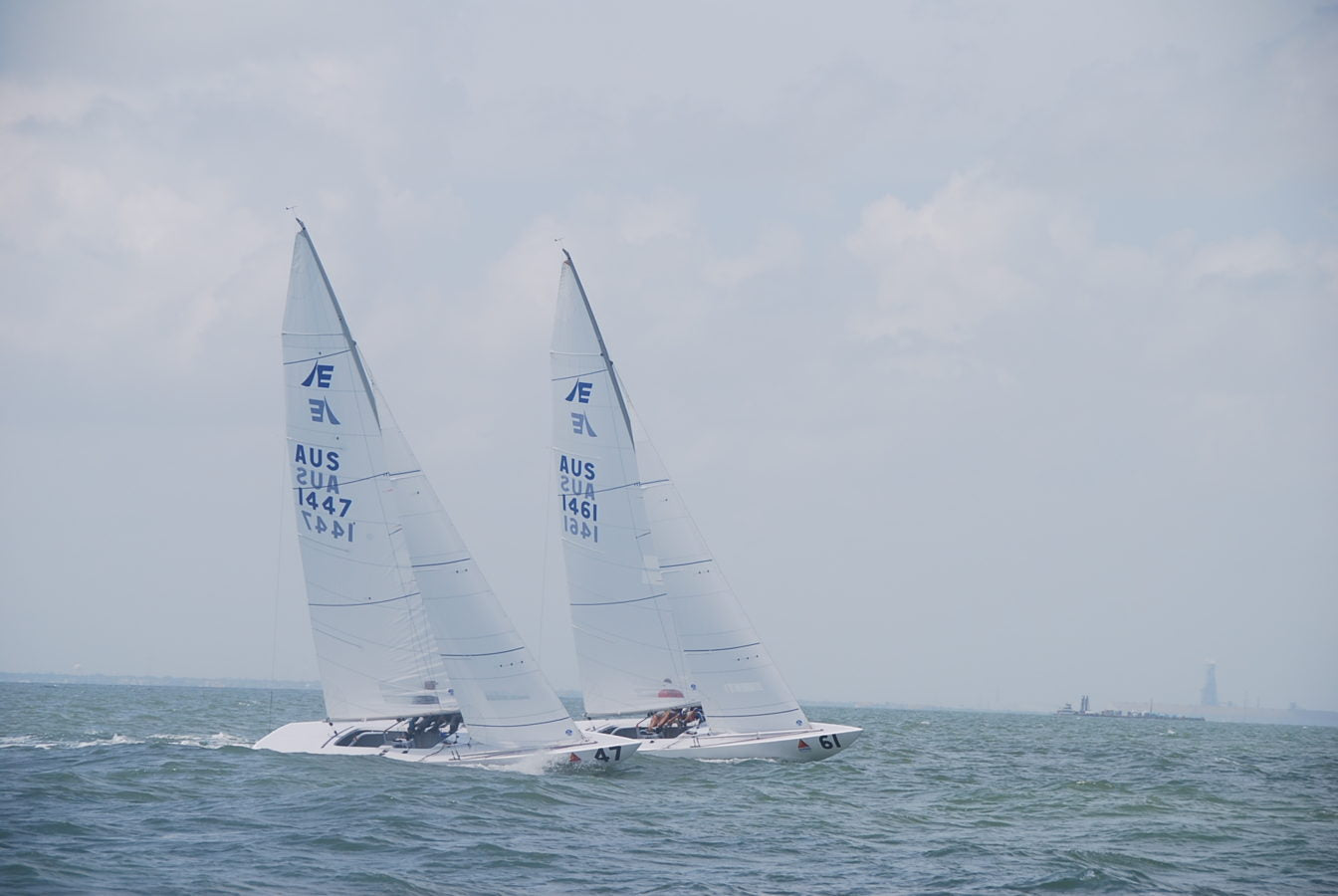
ETCHELLS AUSTRALIAN SETUP Q&A
ETCHELLS AUSTRALIAN SETUP Q&A
Your Webinar Questions Answered by the North Experts
📸 Corpus Christi Yacht Club
Etchells sailors from all over the planet gathered online to watch North experts Noel “Nitro” Drennan, Eric Doyle, and Alex Curtiss talk about the new intriguing Australian setup for the Etchells. The setup that powered Iain Murray dominate the 2019 Worlds in Corpus Christi and Graeme Taylor to win the Australian Nationals. We received a massive amount of questions during the webinar, and here they are compiled for you:
Does the North MAL jib have a different batten strength, and at what range is the change?
Nitro: Yes, the MAL jib is supplied with a selection of batten stiffness. I like to use the standard batten for the majority of wind speeds since the MAL is quite full, and the relatively stiff standard batten downrange helps with increasing the leech twist. I would definitely change the battens when super light and well up-range conditions.
What are the ranges for MAL and GT jibs?
Alex: The general range of the MAL is from 0-14 knots. The GT is designed to start around 14 knots and take you all of the way to the top of the wind range. What I would say is the sails are very versatile and if you are sailing in flat water/12 knots, you might consider switching to the GT earlier. These sails are designed to simplify the jibs across the breeze range.
At what wind speed do you get max aft with the shrouds?
Nitro: 14 knots trying to combine changing to the GT jib and moving the shrouds aft at the same time. If in doubt about windspeed dropping, I would stick with the shrouds forward and only change jibs. It is definitely better to be caught with shrouds forward up-range than downrange with the shrouds aft.
What is the purchase system with the inhauler 4:1? 8:1?
Nitro: The inhauler is pretty loaded 8:1 at least
Can you talk about the measure of the 3rd spreader mark inboard from the other two that have been there previously?
Nitro: Previously, the tuning guide spreader measurement called for 490mm and 540mm from the sidewall of the mast. Now it will be 450mm(17 ⅝) 490mm(19 ¼) and 540mm (21 ¼).
What is the inhaul range on the standard LM2 style jibs? Are you able to inhaul them as aggressively as the new jibs, or do they stall earlier?
Eric: I have seen teams have good success with the LM2 jibs trimmed into the edge of the cuddy cabin. Any further than that, you better have the forestay pretty tight, or the sail will be too deep, and as a result, you will have to ease the sheet so that the head doesn’t shut down too early.
How do-able is this system, for Corinthians, club sailors? It’s cool, I grant you, but for a small minority of the boats. Am I overestimating this?
Alex: I do think you are overestimating the process. Really, this whole package was designed to make sailing the Etchells easier. Instead of standing at the dock and reading the forecast and deciding what jib to leave in the trailer box, now there is no problem just taking both sails with you.
The tighter headstay is easier to drive too, specifically in choppy conditions. Like Eric had mentioned in the webinar, if you were sailing with your LM2L with a lot of sag and you are heading to chop, you have to pull on the backstay to get the forestay tight. Well, that’s counter-intuitive! With a firmer headstay, you can now look to power the boat up while going through chop.
Personally, I think this will make it easier for club and corinthian racers to learn about jib trim, and boat set up. I know once we incorporated it into our program, it made etchells sailing more fun!
Do you need to have movable shrouds? Spreaders?
Eric: For sure, a nice noticeable gain has the spreaders rock forward the maximum amount (75mm) for downwind. They stay out of the main a bit more and help the sail shape a lot.
Upwind, stiffer masts often don’t bend enough in the middle, and as a result, the main is too full in that area- a little spreader sweep would help this. It also really helps even out the entry angle of the main. The new Whale spare averages about 30mm of aft sweep (max is 100mm). This also loads the spreaders a bit more and helps to lock in the mast and, therefore, the sail in that area.
We do offer two mainsail models with two different luff curves for soft and stiff masts. The PC+ has more luff curve and is better when sailing with more mast bend. Many customers with softer masts use this sail or if they sail in very windy venues where lots of mast bend is used on typical days.
So, back to the question about moveable spreaders – yes, I think they definitely help. Not a ton, but if you do 4 or 5 little things like this on your boat, you will certainly see a difference.
I’ve noticed there are much less main pre-bend wrinkles in the new setup from the recent photos I’ve seen. Why? Please comment
Eric: Wrinkles along the luff of the main come from tension on the luff tape and bolt rope. This helps to keep the draft aft in the main when trying to power up the boat in lighter air. With the spreaders swept and lower shrouds aft, it does lock in the lower part of the mast very nicely, and therefore you might see less overbend wrinkles.
When the wind is light, and the sailcloth doesn’t load up and stretch at all, the main is too full. In these conditions, we pre-bend the mast and get over bend wrinkles down low. A general rule is to bend the mast enough for the wrinkles to come back at least to the middle of the vision windows. This makes the main flat enough down low so that it is not too draggy and keeps the draft aft to help load the helm.
Is there a risk of over in-hauling the jib?
Nitro: Yes, definitely, there is a risk, and it’s hard to identify if you do see the lower luff of the mainsail lifting or unsettled is one indication or difficult to accelerate.
Does this new thinking mean that the old technique of sagging the forestay in light air is no longer thought best?
Alex: Like Eric mentioned in the webinar, this is just another way of sailing your Etchells. In Miami this winter, the majority of the fleet still used the traditional San Diego jibs, and they still went just as fast. If you have the LM2L jib, you still need the sag because that’s what the sail needs to get the boat moving.
At 8085, the jib leech seems too long even sheeting through the clew ring. Do you hoist the jib?
Nitro: Yes, the jibs just fit, and occasionally you do have to raise the tack up the headstay.
The clews have been raised slightly to help this situation.
What is the range of max to min mast height? Resultant error in forestay measurement?
Eric: The B (or mast bury measurement) tolerance is 15mm. However, there is also a tolerance for the actual mast step location in the boat, so altogether boats can be up to 45mm different on the overall mast height. This adds up to quite a big difference on the rake the way we have always measured in the past, the new method of measuring the rake takes this difference away and makes for a much more comparative number between different boats.
How does the setup differ between the newer stiff rigs vs. the older softer rigs when it comes to moving the shrouds?
Eric: I think the new stiffer masts necessitated the need to move the shrouds. A stiffer mast is nice when it’s windy and choppy, but is hard in light air-hence the need to sweep the spreaders and move the shrouds forward to achieve proper pre-bend.
In general, a softer mast is more forgiving in light air as it is easier to get pre-bend, but it will require a more aggressive approach to tuning when it’s windy. It is easier to achieve a tight forestay in the breeze when you have a stiff mast so you don’t have to be as aggressive as the wind starts to come up.
If you do decide to switch to the new AUS tuning, take some time to get your tensions correct at the dock when you move the shrouds. This will pay dividends later and take out some of the guesswork on the water.
Are the +/- turns measured in the tuning guide based on Bolga or PKM turnbuckles?
Nitro: The turns on the tuning guide are based on the finer thread PKM turnbuckles
I don’t have money to replace my rig just yet, what are some cost-effective easy changes I can do to get better performance out of my Circa 2012 boat?
Eric: No one is suggesting that you need to replace your mast in order to stay competitive. Spreader brackets can be retrofitted to older masts, which will help overall performance. The new inhauling system can be installed, and with the appropriate jibs, upwind speed should improve. Nothing beats time in the boat though! (Well, new sails really help, too!)
The new setup – sails and all, if you get it wrong, is it super slow?
Alex: Like any sailing or any change, there are some growing pains to getting it right. What I would say is, this setup is very forgiving.
READ MORE
READ MORE
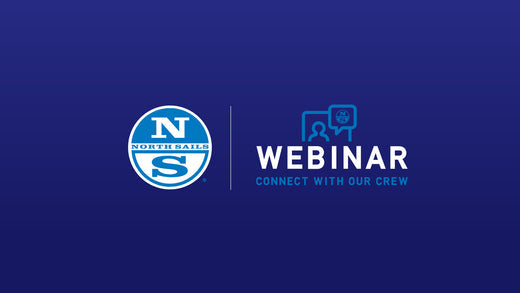
LET'S TALK MULTIHULL SAILING
LET’S TALK MULTIHULL SAILING
North Sails experts Brad White and Stan Schreyer discuss downwind multihull race tactics.
READ MORE
READ MORE
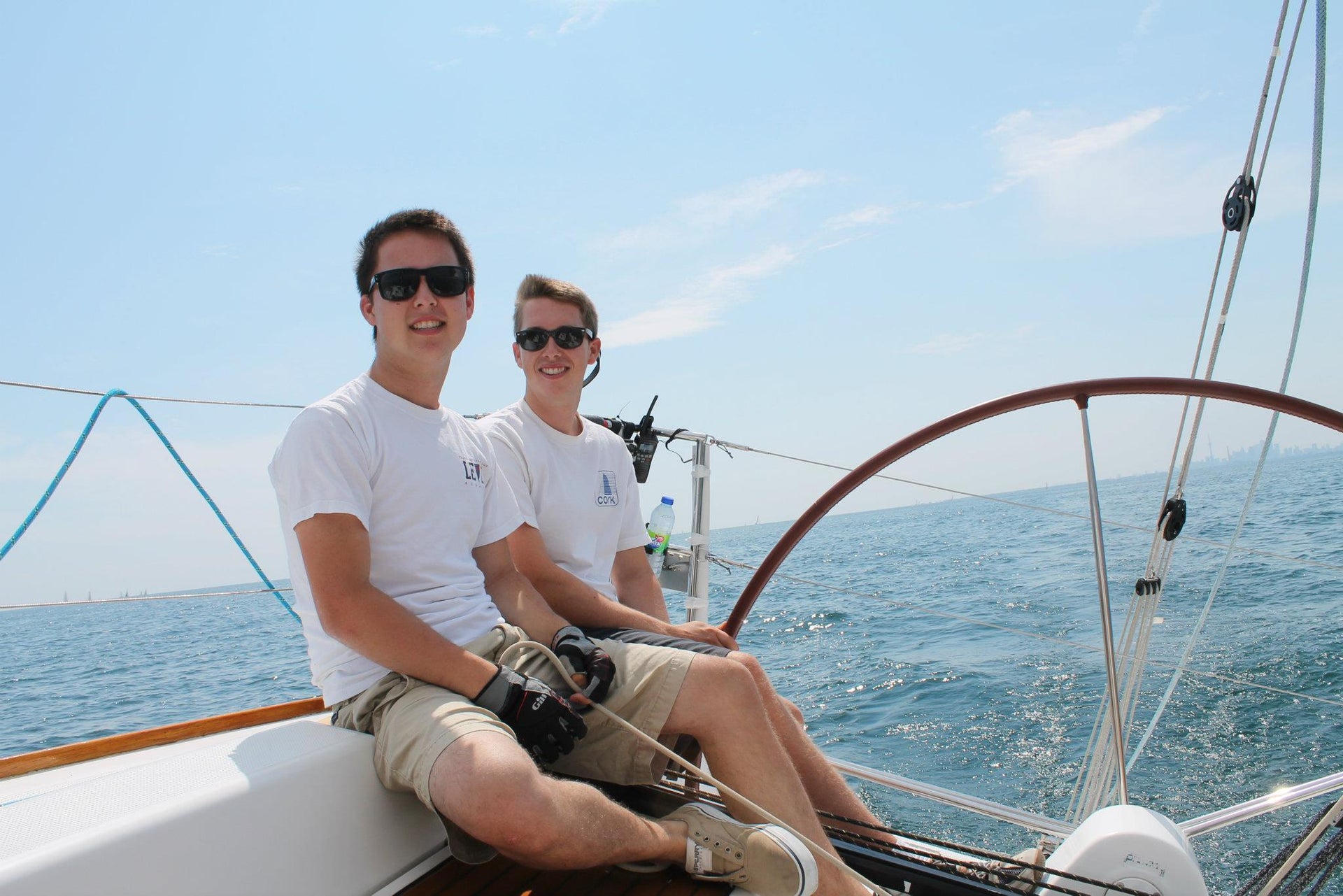
YOUTH RACING & YOU
YOUTH RACING IS THE FUTURE OF SAILING
How You Can Help Propel The Next Generation
Chris Bobyk of Mimico Cruising Club shares his thoughts on the importance of giving youth sailors opportunity to sail on keelboats and shares ideas on ways to involve them.
When asked by the Toronto North Sails Loft if I could provide my perspective and experience in promoting youth racing , it was with great enthusiasm that I responded with a resounding YES! Why? Because the youth are the future to the sport of competitive racing on the lake. As our racing fleet numbers continue to decline often due to either lack of crew or reduced yacht participation , or both, fostering the next generation of owners and crew has become very relevant to ensure the future success of racing. So being given an opportunity to share my efforts over the years to involve the younger generation on our family boat Blast, my hope is that it will motivate local owners, either currently participating in racing or wanting to participate in racing, to outreach to our sailing youth, to provide them the experience and the opportunity afforded by keel boat racing. The more sponsors to the progression of our young racers into the sport of Keel boat racing the better the chance of their future long-term involvement in the sport. It's all about the transition of our junior dingy racers into keel boat racing either as crew or future owners. It's one aspect of contributing to the future of our sport.
I can take no credit for the desire to promote youth racing, it was bestowed upon me by the generation of sailors before me when I was a youth sailor. My experience in the sport of sail boat racing started as a kid as it did for many in our existing sailing community. My desire to pass the torch to sailing youth is not something I came up with but rather what I feel is a responsibility that was passed onto me as a young racer by others with a passion for sharing a sport that was important to them. I was fortunate to have had wonderful mentors who welcomed me to gain experience and learn with them on their boats during and post my sailing school and dingy racing endeavors. This is where it all starts as it's the youth of today in the sport that will be the mentors for the youth coming up behind them. I am a believer in empowering our younger sailors, let them make decisions, step in when asked/required or when your experience dictates in critical situations. You will be rewarded as an owner, you will be inspired with what you observe and the result, you will be developing the future of yacht racing.
The model for promoting youth racing is simple - its all about providing junior racers the experience of both regatta racing and long-distance offshore racing. At a young age both my father and godfather and close family friend Don Green and their sailing futurity of friends involved me in their collective yacht racing adventures. My dad as a young man was brought into the sport by Don by providing the experience on his father's boat. We actively raced as a family out of National Yacht Club on our family boats with my dad often taking other junior sailing school keeners with us , and my Uncle Don as I called him provided me the opportunity of racing with him on a number of distance races on Lake Ontario on his C&C 35 Motivation, as well as having me assisting in shore support for Evergreen during the Canada's Cup. I was given the opportunity at a young age to sail with remarkable sponsors on not only the family boat but on other members boats at NYC, actively participating in racing around the lake. Beyond my parents and Uncle Don other owners also provided me the opportunity to be involved in the maintenance and caring for their boats, providing best practices and education beyond racing and crewing which for a perspective future boat owner I found invaluable. In all this forged my passion for sailing and racing. I was even given the opportunity in my early 20's to help transport a Whitby 45 from the Annapolis boat show to Florida off shore on the Atlantic. These opportunities provided by owners gave me seamanship and yacht handling skills that I rely on today, transitioning me into an owner and active adult racer. I am a believer that mentor ship of our young sailors is a critical element of the process for long term engagement in the sport either as adult crew or future owners /racers. Its giving back with the same passion I have to the sport instilled in me by others.
Our younger generation of racers need a continued platform of support beyond sailing school to provide them with experiences that will keep them passionate and involved- racing boat owners have the opportunity to provide the vehicle (mentoring youth crew) on their racing boats.
The Etobicoke Yacht Club (EYC) sailing school program is where my initial focus was, in part being close to Mimico Cruising Club (MCC) but also due to my association with the junior racers , resultant from our boys Ryan and Trevor both attending sailing school at EYC and Ryan instructing , and later joining the dry sail program with a laser followed by a 29er. Recruitment of young racers grew from there to Oakville/Brontë and the NYC programs. The experience provided by keel boat racing being the natural progression from dingy sailing can only in most circumstances be provided by existing owners that participate or want to participate in racing. It's a two-way street they learn big boat handling, navigation and other essential skills beyond dingy racing and owners learn from them , not to mention the enthusiasm and athleticism junior sailors bring to the crew. Having watched these junior sailors learn and grow with my two boys on Blast as competent skilled racers, starting in their teenage years has been extremely rewarding. Some have purchased their own boats which they race today while joining the Blast team on select events. Its common place today that Blast is on the race course with a younger generation of crew. I often get on the boat not as the skipper or crew, but rather to provide support and suggestions. It's inspiring to be in a position today to observe the magic of them working together, arriving at tactics, problem solving, navigating and doing well on the race course.
It's about providing the opportunity and experience to the younger generation to ensure the successful future of racing on the lake and elsewhere. It has been well worth it and very fun. I know they will do the same as I have done to promote the next group of junior racers.
READ MORE
READ MORE
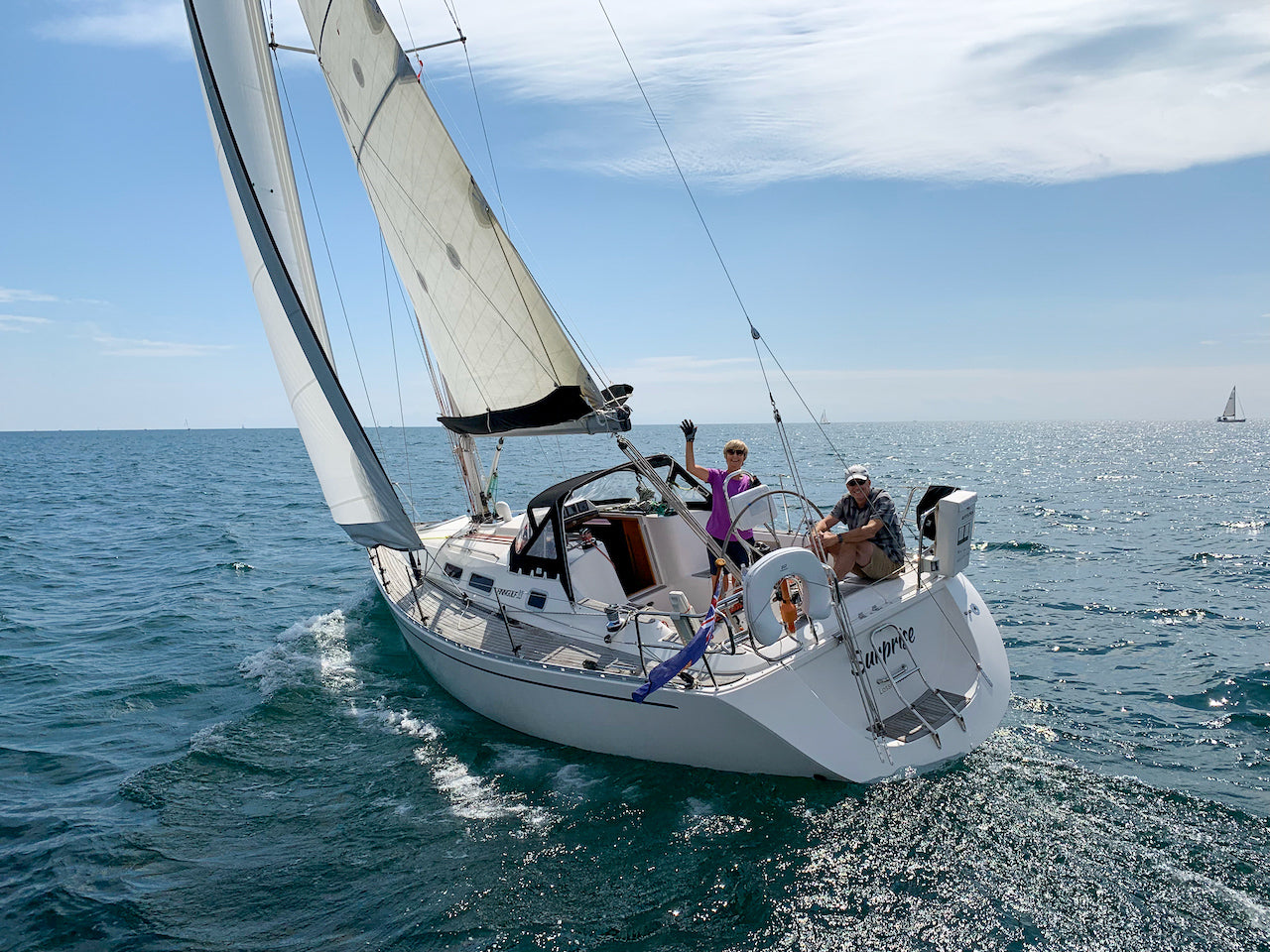
IT ALL BEGAN OUT EAST WITH FAMILY
IT ALL BEGAN OUT EAST WITH FAMILY
One Sailors Story To 3Di NORDAC
Dave Rankin grew up sailing at a young age with his family in PEI and has kept that passion for sailing going throughout his life. From J/24's to Albacore's to his FinnGulf 33, Dave has always loved cruising and racing. Last year, it was time to upgrade his mainsail for his FinnGulf 33, Dave shares insight as to what led him to go with North Sails 3Di NORDAC.
How did you get into sailing?
Now as far as sailing goes, I started sailing when I was pretty young. My family, there's two parts of my family. One part in the East and they've been sailing for many, many, many years and the other half of my family was here on the lakes. Sailing was not quite as important to them as it was back East, but certainly sailing lessons and then belonging to the Hamilton Burlington Sailing Club when I was pretty young was certainly something that started me off in the right direction. Every summer I would go out East and sail with my cousins and then come back here and sail on Lake Ontario. So I was pretty, pretty lucky.
Were you mainly doing cruising when you went back out East?
No. No, no. All racing. It was all racing out of CYC (Charlottetown Yacht Club), that's where my cousins and uncle and aunt they're all members. That's the exposure sailing from an early age was getting that kind of influence and then coming here, staying in Ontario and sailing with family, I guess from my teens. Then of course with Hamilton Burlington Sailing Club I was able to race Albacores and we had an Albacore fleet there.
Would you say that if you had to choose between doing weeknight racing or long distance racing, let's say, because you're heavily involved in both, do you have a preference of one over the other or do you enjoy both equally?
I enjoy regattas with windward/leeward racing probably more than distance racing. That may be because of how I was brought up. You might get three or four chances during one day of racing, whereas on a distance race, you only got one chance at a start and if you get fouled well then that's quite damaging throughout the entire race or it could be the difference between first or last. But I think as one grows older and becomes less agile, your feelings could change. The other thing is dependency on crew, which can get harder to figure out if you are doing a distance race. For example, with the J/24 , there were challenges with getting crew organized because we sailed with five people. The time available for the boat was key for all the different crew members. It worked for when we're pretty young. But as one gets older, it's difficult to keep accruing the right number of people at the right times.
What do you think are some suggestions or ways we need to adapt to getting more people involved?
I think from the top North is more advanced. It has more of an opportunity than other sailmaker has provided. And the reason I say that is because North's technology is what is driving newer, faster boats. So I think the cloth that North is developing is really better to attract more youth and to attract a different type of caliber of sailor. The types of cloth that they use generates foiling technology. This high-performance aspect is what attracts young sailors. I think staying ahead with technology and offering technology through new cloth and new types of designs of sails is really something that a company like North can contribute to the sailing world. I think, to be honest, I mean there's lots of discussion about attracting more youth into sailing. That's one thing for sure that has to happen. But at the same time you're doing part of that just by offering new technology.
Would you say that that technology helped influence your decision to purchase the 3Di Nordac? Or was it more of you really needed a main sail?
It was both. My main was nine years old and it was a North mainsail. It was in good shape, but it was nine years–almost 10 years old. And it was heavy. So I wanted something that was lighter to hoist and that in fact had better shape with reef points. So yes, for sure it was an easy decision for me to go with the main and the next in the lineup is actually the headsail. I contacted North Sails expert Pete Colby because Pete had it on his J/30 and I just wondered about his view on it. So he got back to me and let me know how things were going with it. Because he had it for a year and a half I think at that point. He was really happy with it. I know him well enough to know that he would tell me exactly how he felt. So I thought, well that's a good investment for me to make with the boat, for sure.
Would you say that it perform right to your expectations, or exceeded or it's just exactly what you kind of needed?
I've only had it for one season really so I'm still playing with it but I can tell you Shelley's happy with it. It's a good sail. I have high expectations for it after hearing different comments. At this time, I can say that my new sails meet my expectations and in some cases, it exceeds them!
READ MORE
READ MORE
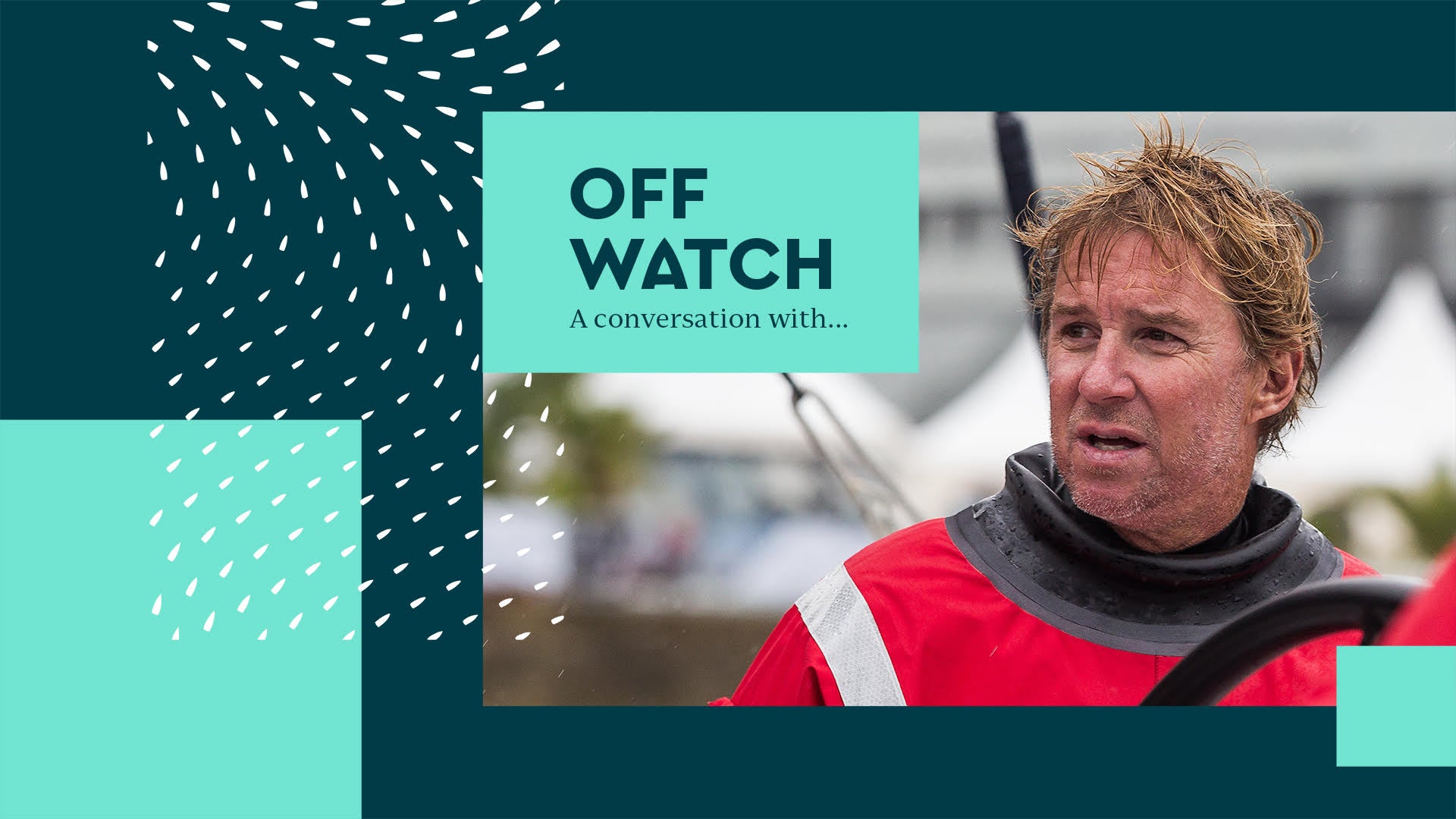
A CONVERSATION WITH KEN READ
KEN READ SITS DOWN WITH THE OCEAN RACE’S OFF WATCH SERIES
The President of North Sails and Offshore Veteran Talks About his Journey in Sailing and Leading the Industry’s Most Innovative Sailmaker
A formidable force in the marine industry Ken Read has three Ocean Races under his belt, has been a part of three America’s Cup campaigns, has collected more than a handful of offshore sailing records, and has seen more of the planet’s oceans than most people. He is a two time Rolex Yachtsman of the Year, has won nine world championships and is considered one of the world’s most accomplished and celebrated sailors. Read’s career at North Sails began in 1996, but in 2013, Read stepped up to helm North Sails as a business leader, taking on the role of President of North Sails Group. As one of the most influential figures in sailing, Read is an expert, not just on the water, but in running one of the most successful global brands in the marine market. Ken Read’s legacy at North Sails is a testament to why strategists often refer to businesses as ‘a ship’ and Read has mastered the ability to run a tight crew.
READ MORE
READ MORE
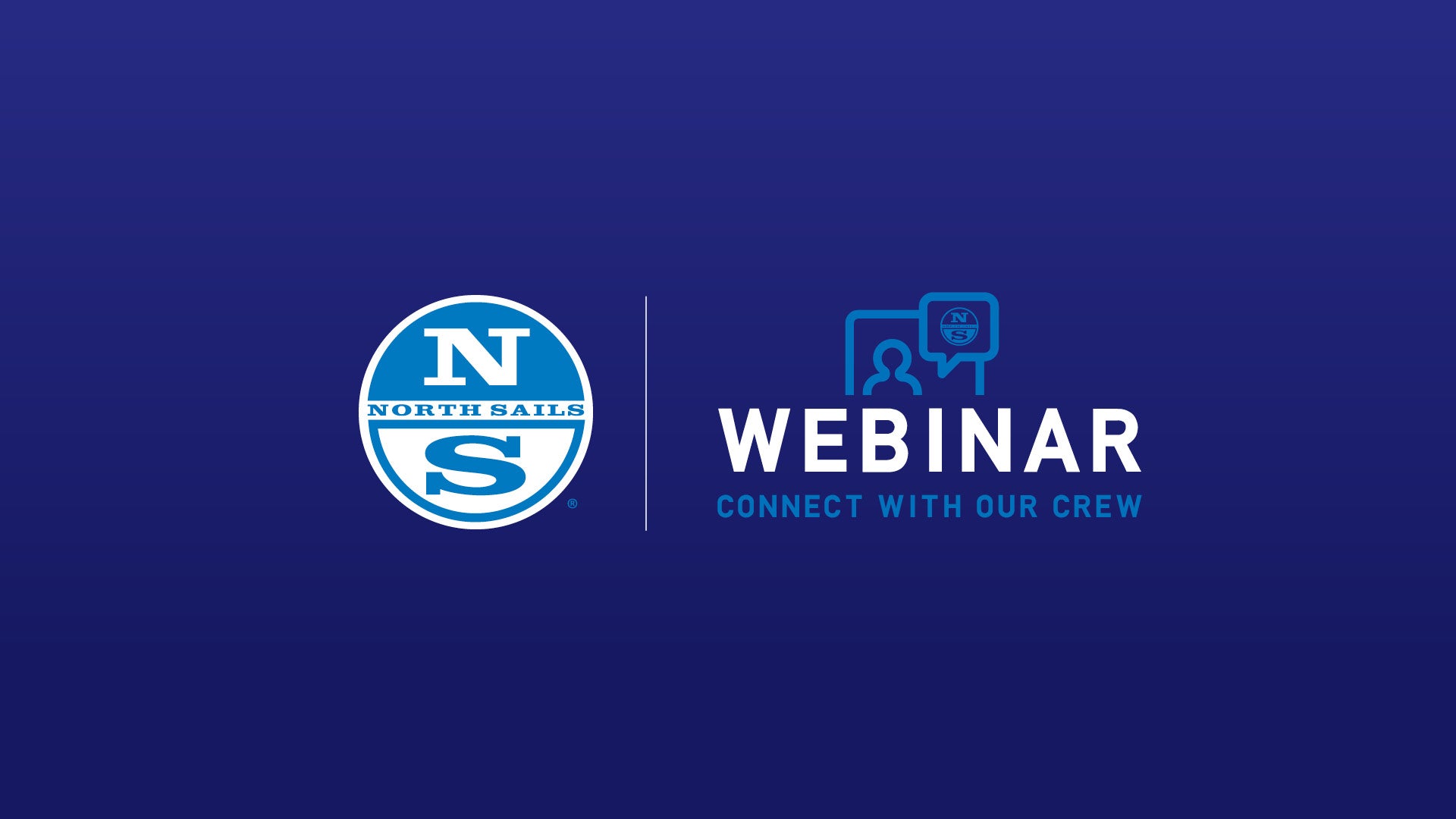
LET'S TALK DRAGON [GERMAN]
LET’S TALK DRAGON
Upwind Sailing and Boat Speed
North Sails class experts Markus Koy & Stefan Matschuck discuss upwind sailing and what factors are important to get the most out of your boat speed.
READ MORE
READ MORE

LET'S TALK ETCHELLS | NEW AUSTRALIAN SETUP
LET’S TALK ETCHELLS
New Australian Boat Setup
Class Experts Noel “Nitro” Drennan, Alex Curtiss and Eric Doyle discuss the new Australian setup and new sail designs for the Etchells Class.
Webinar Chat Questions Answered
READ MORE
READ MORE
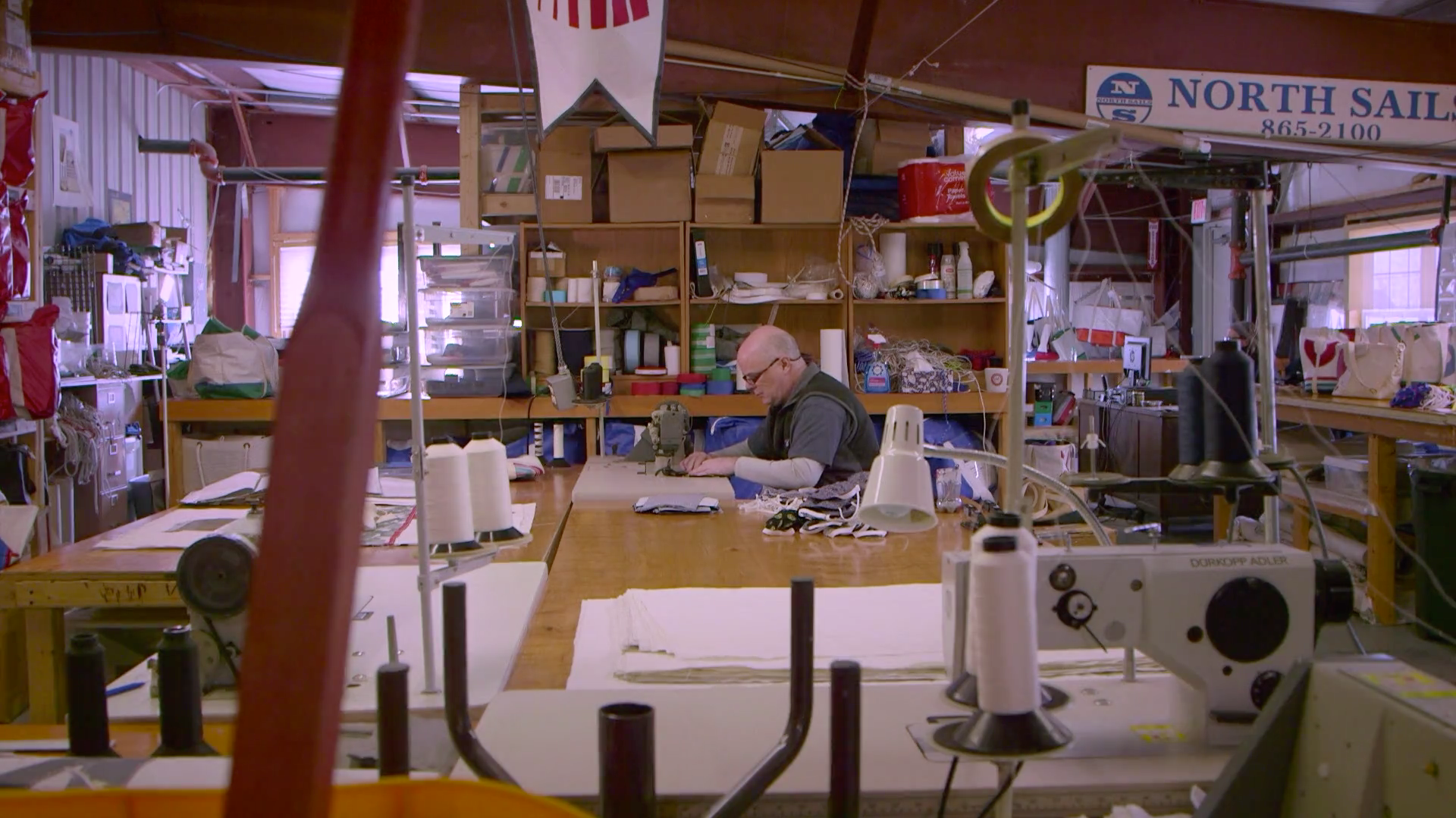
NORTH SAILS MAINE IN THE SPOTLIGHT
LOFT SPOTLIGHT: NORTH SAILS MAINE
Sailmaker Supporting The Local Community, Featured on CBS Sunday Morning
From his small North Sails loft on Casco Bay in Maine, Eric Baldwin is making a big difference in his community. Baldwin and his team at North Sails were featured on CBS Sunday Morning this past weekend for his initiative in kick-starting the North Sails mask-making efforts in North America. Baldwin, as well as several of our Certified Service Centers across the country, have been producing masks for their local communities. Customer Service has always been at the core of North Sails mission, and now, sailmakers are stepping up in a new way to serve their North Sails families.
North Sails will continue to help where possible with the fight against COVID-19. That said, our Certified Service Centers are built for repairing sails both in staffing and machinery which limits our ability to make a dent in the demand for cotton masks. What we do have are proper cutting machines that can be easily diverted away from sailmaking. This got us thinking, why not use these machines to create a Do-It-Yourself (DIY) mask kit, and get supplies out to the public quickly?
DIY masks are already popular on the internet, and we believe that by creating and distributing our own template and materials to the DIY warriors at home is the best way for North Sails to make a difference.
We can’t think of a better excuse to dust off your old Singer Sewing machine. Available for order through northsails.com, the DIY kits are available in packs of 20 masks and come with step-by-step instructions. We hope you remember how to wind that bobbin!
Learn More
READ MORE
READ MORE
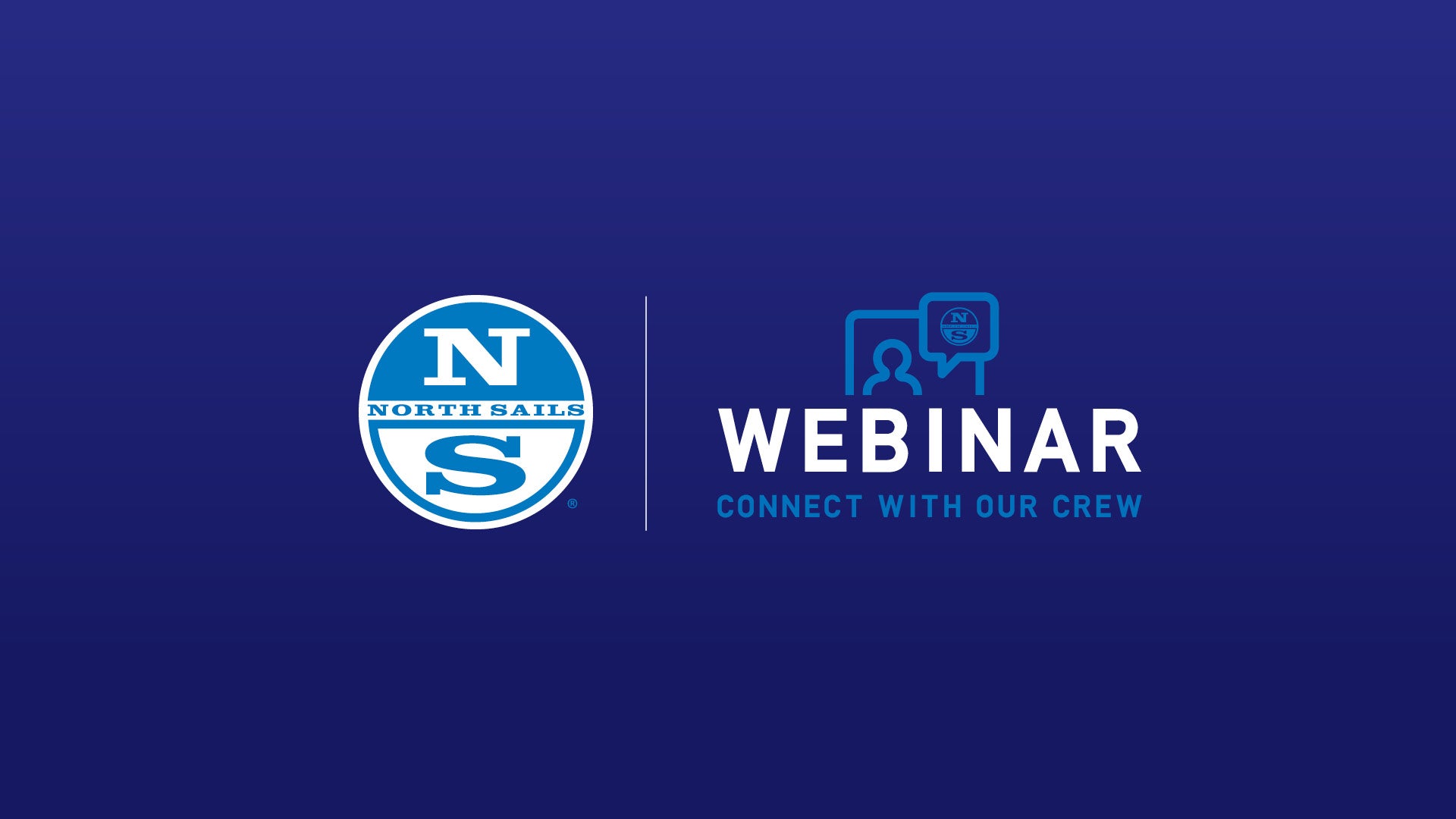
LET'S TALK J/70 | DOWNWIND TECHNIQUES
LET’S TALK J/70
Downwind Techniques
In this J/70 webinar, North Sails experts Tim Healy, Ruairidh Scott and Allan Terhune talk winning downwind techniques.
Topics covered include:
3:21 Displacement VMG Mode (2-7 knots)
15:31 Displacement Soak Mode (8-12 knots)
25:14 Displacement Wing-on-Wing (8-13 knots)
47:15 Marginal Lazy Planing (14-16 knots)
1:01:28 Planing (16 knots)
Learn more about North Sails fast J/70 designs.
READ MORE
READ MORE
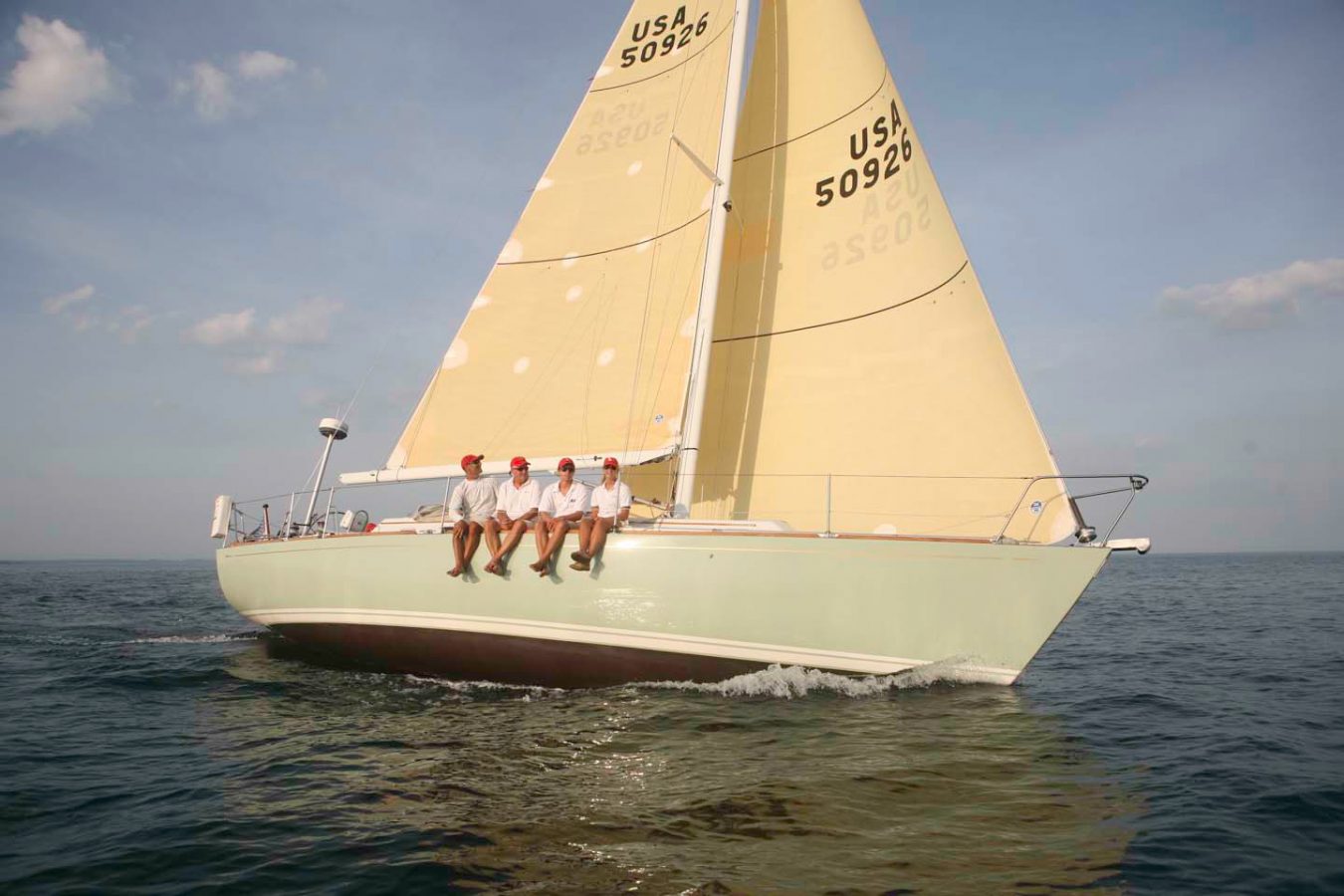
FAMILY CRUISING WITH JB BRAUN
FAMILY CRUISING WITH JB BRAUN
The North Sails Director of Design and Engineering Shares How Sailing Brought His Family Together on an Adventure to Halifax
After the 35th America’s Cup ended in June 2017, I didn’t spend a lot of time dwelling on the ‘what-ifs’ or the ‘could’ve beens’. I was already focused on the next adventure, which would start just twelve days later—racing from my hometown of Marblehead to Halifax, Nova Scotia, and then cruising home again with my family.
Idea and Prep
I first mentioned what’s known around Marblehead as “the Halifax Race” or just “Halifax” on a visit home from Bermuda during the summer of 2016. The race runs every two years, and it’s usually two days of reaching or running against an impressive fleet. My sons were both interested. Tucker, who was sixteen at the time, asked “Dad, can my friend come?” I responded, “Yeah, who’s your friend?” and it turned out to be Garrett McKinnon. I was friends with Garrett’s dad, so we quickly formed a double father-son team: three McKinnons and three Brauns, joined by Todd Barbera, who brought along some valuable offshore experience.
For that final year of the Cup, planning for Halifax was like having a little carrot out in front of me, “Hey, after this, you’re going to do this other race.” Win or lose, even when our catamaran’s Achilles heel of light air was forecast for the second and deciding weekend, there was some excitement ahead, beyond The Cup.
Our family boat is called Eos, a 38-foot performance cruiser designed by Jim Taylor that we’ve owned for three and a half years. Over the winter of 2016-17, because I was based in Bermuda, it was a matter of grabbing little pieces of time to check off certain things we needed (or wanted) to do to get the boat ready. For sails, we upgraded our racing inventory with a 3Di genoa and added a prototype 3Di main and polyester Code Zero that would handle both racing and cruising. We also re-cut an old jib into a storm trysail and storm jib. I had the decks painted with non-skid. Over Christmas, we took all the winches apart on the boat. My older son Ryan took on several tasks, including a last-minute scramble to organize a life raft. Alan McKinnon took care of the food preparation. When I got back from Bermuda, I was able to fit in a few days of rest before loading the boat and pushing off the dock.
Race to Halifax
It’s 365 miles from the start outside Marblehead Neck to the finish in Halifax Harbour. As the log says, “We had a great start and a good beat and led at the weather mark. Then we had a mile reach to the second mark, where we set the spinnaker and never brought it down.” Watches were established by family, with Todd as a floater. Along with a twenty-foot shark and some whale spouts, we spotted sixteen mylar balloons.
We had a shot at winning our class, until we made a classic mistake and got too close to Brazil Rock, on the southeast “corner” of Nova Scotia. We were becalmed for an hour, accompanied by a pod of dolphins who communicated with me and said to go offshore. The dolphins were right because a quarter-mile farther out boats were sailing by us at eight knots! We finally made it out to the breeze, and once we had enough wind again, we experimented with sailing wing and wing; the log reports that “we think it went well,” and putting us back to third overall on corrected time… but then we were becalmed again right at the finish, and it took four hours to sail the last ten miles. We ended up third in our class and eighth in our division.
Of course, I would’ve liked to have done better, but the best part was racing with my boys; the camaraderie of doing an adventure together was fantastic. And we’d arrived in a totally different part of the world! My wife and daughter met us in Halifax and brought along the cruising genoa, dodger, outboard, and other gear. With so many hands, we quickly transitioned from racing to cruising, and after we said goodbye to most of the race crew we headed west again.
Gunkholing
The four of us (my wife Kelley, daughter Hayley, and Tucker, who’d stayed on for the sail home) took seven days to sail back to Marblehead. Having Tucker onboard was great because he knows the boat, and we both enjoyed sharing this next phase of the adventure with Kelley and Hayley. The wind was mostly light, so the most memorable experiences were in between the sailing: all the little towns and harbors we discovered.
After clearing with Halifax control, we set off westward planning to go into Peggy’s Cove. I was too chicken to navigate through the narrow entrance, and the wind was good, so we just took a peek before setting main and jib for an excellent power reach to Lunenberg. After dinner, we went ashore for ice cream and walked into the bookstore, which had stacks of books everywhere. Behind one pile was a man who told us if we were looking for something, he knew exactly where it would be! Tucker found a book about an adventurer in the 70s who departed from Tucker’s Wharf in Marblehead in an inflatable boat to sail across the Atlantic.
The next day after blueberry pancakes onboard and a grocery run ashore, we motor-sailed to La Have Island and dropped the hook. All four of us took a dinghy tour around Bell Island, and then the kids went farther afield on their own. Tucker’s write up in the log reports, “The dinghy ride began with the journey under the bridge connecting Bush and Jenkins Islands. The water was calm and crystal clear. We passed a few houses with lobster traps and boats in their yards. We headed south through the Wolf Gut, which was a narrow channel (6 ft) with lobster shacks and boats decorating the land on either side. In Bell Channel we beached the dinghy on two small islands. The sand was warm and dark, and when wet, could sink your feet into it about six inches. The muddy bottom was filled with crab holes and minnows. The water was pretty warm.”
The next day’s weather alternated between foggy and sunny, with no wind. We motored to Little Port Joli Basin on the outskirts of the Kejimkujik National Park. The best memory of all was approaching the land, when we escaped an offshore fog bank and anchored off a beach that looked just like the Caribbean. Aqua water, white sand, and all by ourselves in this special spot; that was completely unexpected. Tucker and I went swimming in our “Nova Scotia bathing suits” (wetsuits) while Hayley and Kelley did jellyfish watch from the dinghy.
That afternoon we went back out into the fog and motored to Little Port l’Hebert, about ten miles farther west. “Motor was foggy and not windy. About one mile away, the fog lifted, the sun came out and we could see our oasis. It was a circular bay with a couple small beaches and four houses around the bay. We anchored in 16 feet of water. It was beautiful. We had a seal friend throughout the evening that would check on us.” The next morning, we spotted a horseshoe crab and lobster on the sandy bottom. Our last port in Nova Scotia was Shelburne, where we spent two nights and visited several museums before leaving for an overnight run home.
Overnight passage
The passage from Shelburne to Marblehead is just over three hundred miles, which took twenty-nine hours of sailing and motoring. At night we were down to a couple of hundred feet of visibility in the fog, but close reaching in 10 or 12 knots of breeze with AIS and radar running, we had no real drama. Kelley and I took one watch, and Tucker and Hayley took the other; I was proud of Tucker for taking control. It can get kind of scary out there, especially at night with other boats around.
That morning offshore started with a spectacular quarter moonrise, so red we first mistook it for a port running light. The fog burned off after sunrise, but the wind never materialized, and the last eighty miles, I worried about our fuel consumption. We motored into Marblehead after dark, tired but happy to be home.
Making Memories
It’s been almost a year since the America’s Cup ended, and our family adventure began, and it might be hard to find two more different sailing experiences. They both had camaraderie; there’s simply no better place than wet, tired, and hungry on a boat for relationship-building. But I’ll never forget sharing such a great experience with my family, especially since it’s improved our communication. I’m still pretty driven and pretty critical, but we’re able to laugh and enjoy things more, which makes all those America’s Cup memories sweeter too.
READ MORE
READ MORE
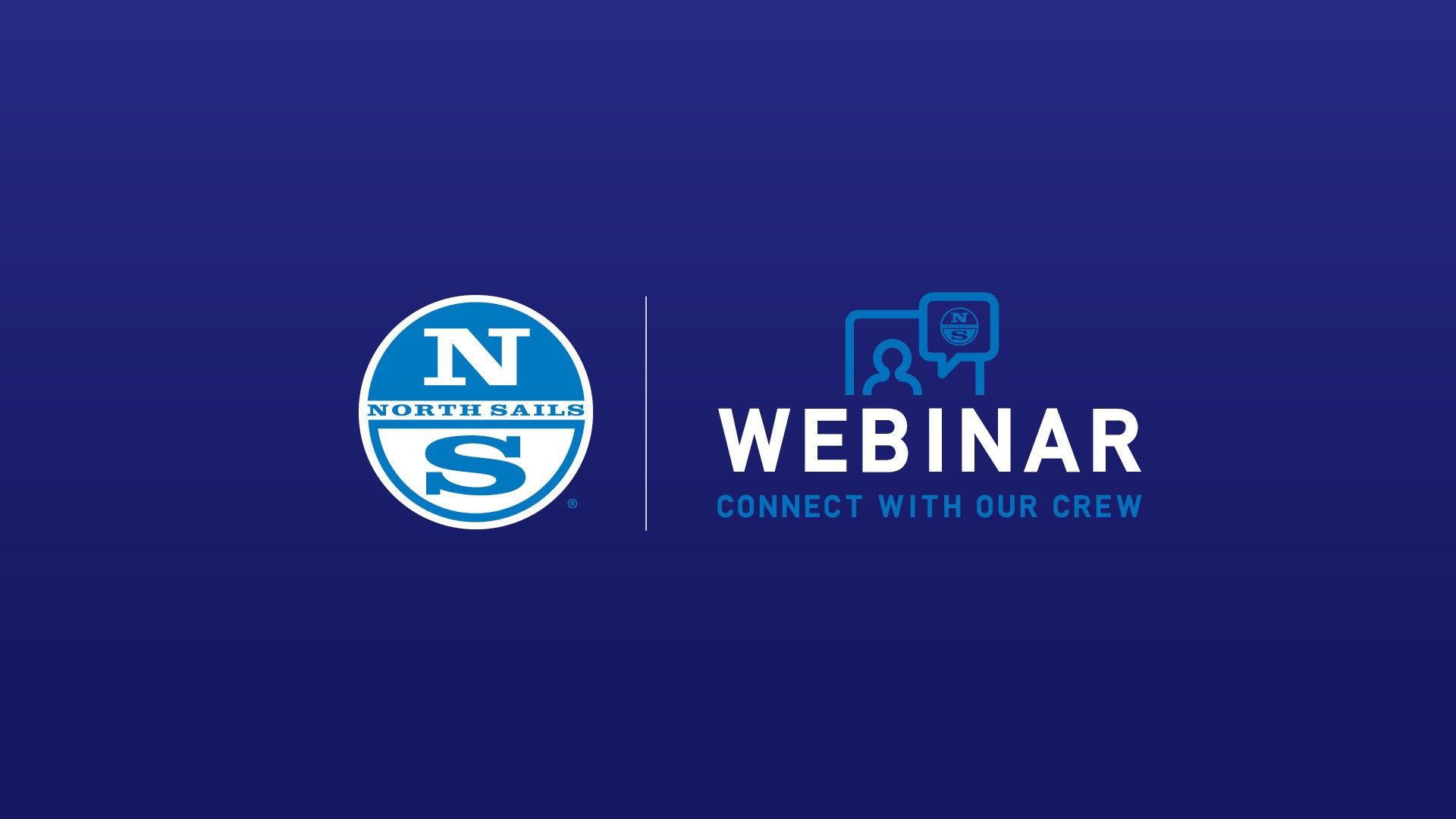
LET’S TALK FLYING SCOTS | Q&A WITH GREG FISHER
LET’S TALK FLYING SCOTS
Q&A With Greg Fisher
Experts Brian Hayes, Zeke Horowitz with Special Guest Greg Fisher lead a Q+A interactive session, open to all topics. Viewers brought questions and experts shared their answers and expert tips with the group.
READ MORE
READ MORE
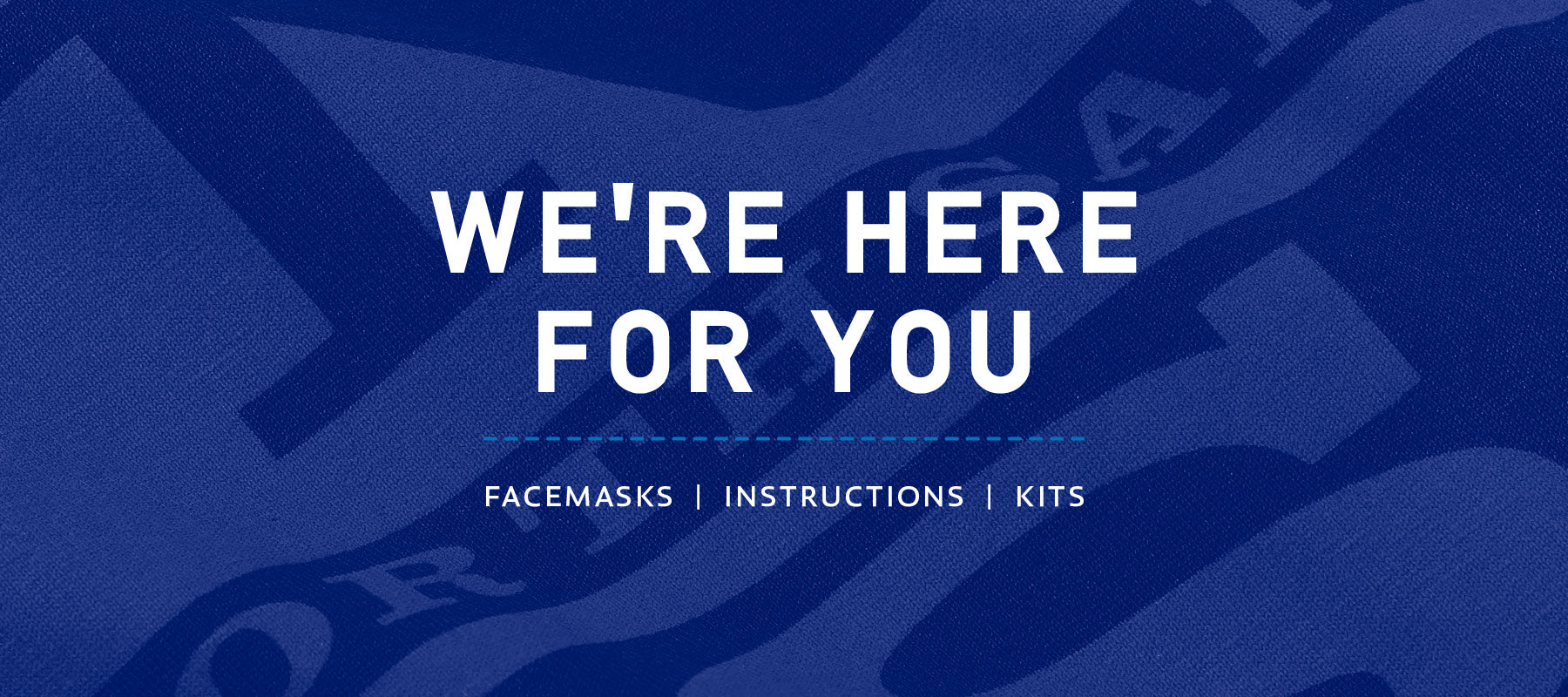
NORTH SAILS CUT AND SEW MASK KITS
NORTH SAILS INTRODUCES DIY MASK KITS
Do-It-Yourself Masks are Packed and Ready for Delivery
Personnel, lofts, clients, and friends of North Sails are navigating this global crisis together.
Many of our local Certified Service Centers have taken the initiative in their areas to build masks when possible and support their communities. We are humbled by the positive feedback we’ve received and have done our best to supply usable yet non-government approved cotton masks yet in limited quantities.
Sail lofts like ours across North America are set up with machines built to repair big, heavy sails, and these machines, unfortunately, don’t lend themselves to any small item manufacturing, including masks. But, there has recently been a surge in interest for people to build their own masks with home sewing machines. There are many “how-to” videos online showing how easy it is, so we have incorporated this idea with our ability to cut large quantities of fabric and elastic.
North Sails are now offering pre-cut and sew mask kits that provide the material and instructions for Do-It-Yourself (DIY) masks. DIY mask kits are available to everyone (even our non-North sailmaking friends) and can be ordered now. The kits come in a pack of 20 and are $20 USD plus shipping and handling. All orders will be shipped from our manufacturing loft in Milford, Connecticut.
We feel that DIY kits are a way to offer mask support in a real quantity and get them to families in a hurry. Time to break out your old Singer sewing machine that has been gathering dust in the back closet!
*Update – we’re doing our best to keep up with the demand for the DIY kits. You can still place orders and we’ll be in touch if stock is running low. Your credit card will not be charged until your order is ready to ship.
Download Instructions Order a Kit
Disclaimer:
Please note that we not promoting use of fabric masks as a good alternative to medical grade masks. We are not making any claims as to the effectiveness of the homemade masks. We are not trying to say medical professionals should not have or do not deserve to have N95 masks. Instead, we are simply sharing the fact that some hospitals, care centers, etc., have asked for these masks to be donating so they can use them as a last resort due to the extreme shortage of N95s right now. These masks may be used in lower risk situations so N95s can be conserved during this extreme shortage. Please see the info from the CDC and contact your local health care institutions if you would like to help.
READ MORE
READ MORE
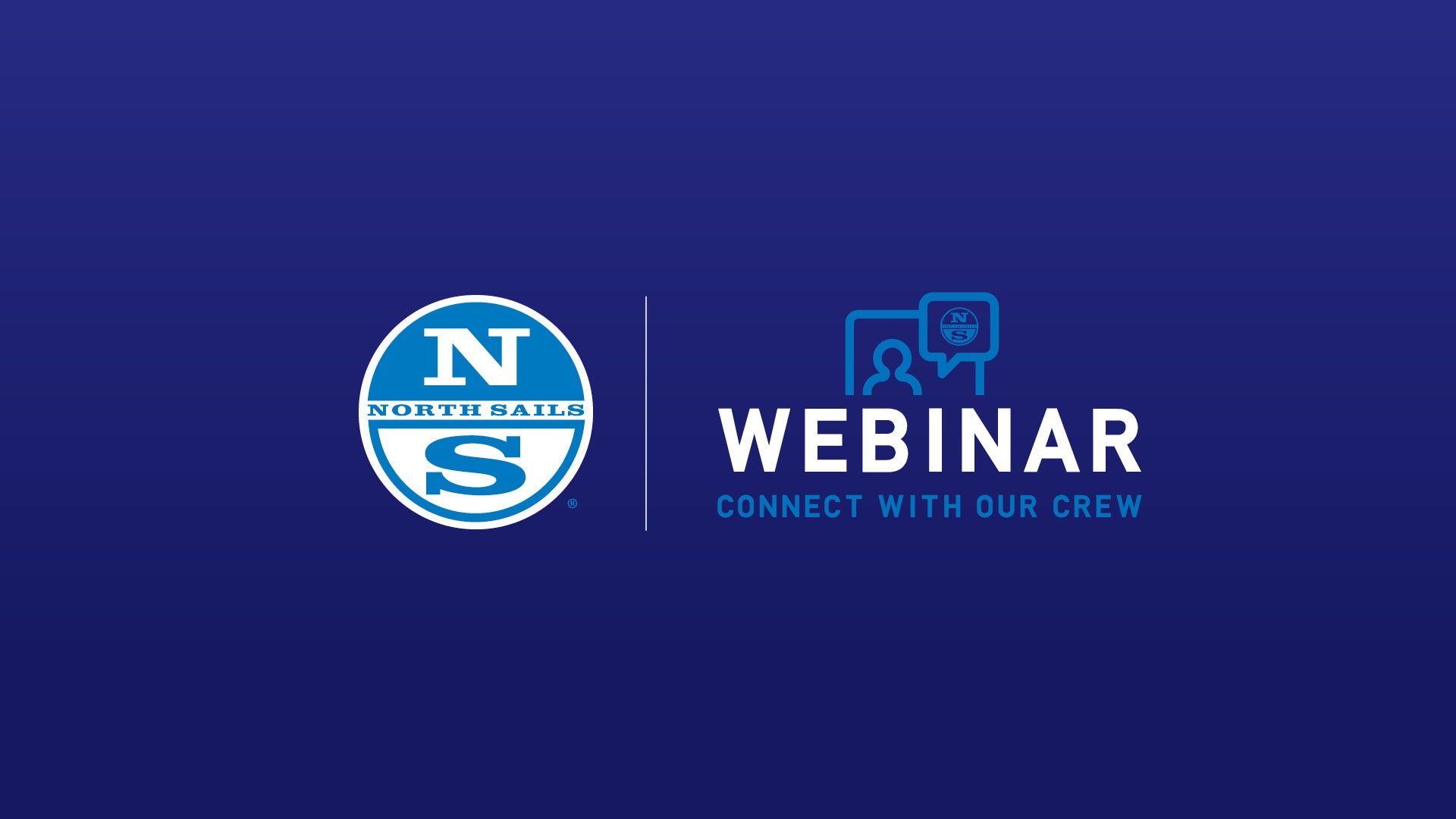
LET'S TALK J/22S | KEYS TO UPWIND SUCCESS
LET’S TALK J/22s
Keys to Upwind Success
Join Experts Mike Marshall & Zeke Horowitz as they walk us through their top tips on how to make your next upwind leg the best one yet.
READ MORE
READ MORE

MELGES 32 FLEET BUILDS IN GREAT LAKES
MELGES 32 FLEET BUILDS IN GREAT LAKES
Popular Class Extending Reach Into Fresh Water Territory
Sooner or later all the boats will be launched, and summer will come. This season will be especially sweet. There is no end to the type and size of sailboats on Lake Ontario, but it is worth noting a small burgeoning fleet of Melges 32’s moving into the GTA, and the Great Lakes. There is a long standing tradition of older designs finding their way to fresh water. And why not, older boat prices will have depreciated by a huge margin, boat longevity is longer in freshwater, and maintenance is easier. What is notable about the Melges 32 is that there is no pretext of amenities. These boat owners have all had larger cruise/race boats in the past with lots of creature comforts, but they have found that they didn’t enjoy overnighting aboard them. At the same time the extra weight of all that furniture, and the upkeep of all those systems, diminished their excitement for racing. On the other hand the fun versus nuisance ratio of Melges 32 ownership is a bargain.
The Melges 32 was first built in 2004. During the intervening years the class enjoyed a great deal of international success, with a long list of high powered owners and well known professionals battling for glory. Most of those players have now moved on to other venues, but the class persists. The boat is a bit dated now by east coast standards, but it still has plenty of attributes that make it ideal for western Lake Ontario including its competitive design, rating, and how exciting it is to sail. There have been plenty of boat reviews and youtube footage of these boats so no need to recap all that here. But let’s take a look at why the Melges 32 is enjoying a second life on the Great Lakes.
The price of the boat is very reasonable. Some of these boats were campaigned at the extreme high end. Nothing was spared to make the boats faster, and easy to transport. Often they come with trailers full of valuable sails and spare equipment. There are covers and pads for everything. All the boats come with a trailer, and the keels retract into a trunk. That makes trailering dead easy, and it allows for the possibility of racing at distant locations. There are currently a number of small fleets around the great lakes, and in Florida. The last few winters Davis Island Yacht Club in Tampa has hosted a winter circuit of three separate weekends. They have allowed the boats to be stored there with the masts left up. Traveling to regattas is a nice way to maintain excitement, but more importantly the boat owners are all like minded. They are talking to each other, and coordinating regattas where they can get together. There is a lot of camaraderie. The focus is on fun racing, and sharing skills, rather than expensive diners or elaborate awards. The atmosphere at the boat park is friendly and helpful. If you need a tool, or some help pushing a trailer around there is always someone there with a smile because they may need something from you soon.
The main reason the Melges 32 is a good fit for western Lake Ontario is because the boat lights up in as little as 6- 8 knots true wind. Unfortunately, this part of our lake is notorious for light air. Too many evening races have us sitting on the leeward rail minimizing tacks. For example Port Credit Yacht Club has had two Melges 32’s racing Wednesday evening PHRF fleet for the past three seasons. It isn’t uncommon to have the wind drop, and have the entire race/cruise almost stop. While the rest of the fleet is just trying to maintain steerage the battle rages on between the Melges 32’s. Sometimes it is like racing through an obstacle course where the heavier boats appear to be motionless. The 32’s are always the first boats back to the dock sometimes hours before the rest of the fleet.
The boats are all cockpit, and easy to sail, but they aren’t for everyone. When there is a bit of breeze the boats are lively, and capable of unbelievable downward speed. With that speed can come the occasional “spinout” That is the exciting part. But, they recover well and are easy to get them pointed back downhill. It is the kind of boat where you get suited up “before” you push off the dock. The extra large cockpit is also perfect for après race socializing. For those sailors who don’t enjoy overnighting aboard their boat, and who enjoy the racing, and the social aspect of it the Melges 32 may be a good option. Stop by one of the 4 or 5 boats that will be racing in the GTA this summer. I am sure the crew will be smiling and happy to give you a tour. If you have any interest in joining in on the fun, feel free to contact local North Sails expert Geoff Moore.
Explore more information on Melges 32 tuning guides, latest information and sail options today.
READ MORE
READ MORE
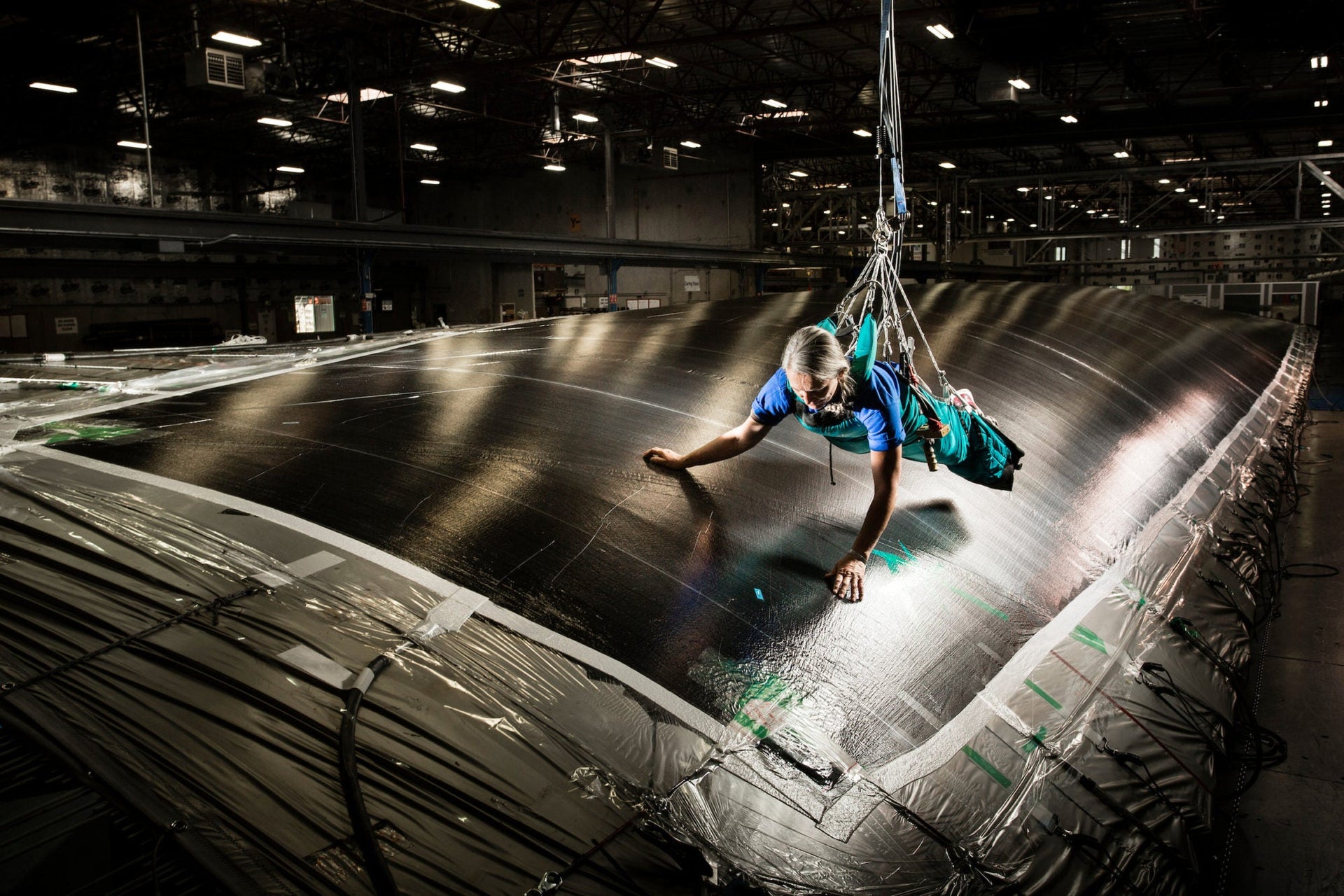
NORTH 3Di: INNOVATIVE SAILMAKING TECHNOLOGY
NORTH 3Di: INNOVATIVE SAILMAKING TECHNOLOGY
Unique. Lightweight. Reliable. Watch How the Most Advanced Sails in the World are Made
Lightweight, reliable, unique. North 3Di sails are engineered to minimum weight and maximum performance. By eliminating the use of mylar, 3Di will not delaminate. Each 3Di sail is precisely shaped on full-sized molds and built to outlast your adventure.
3Di™ is a patented sailmaking technology that produces the world’s fastest and most reliable sails. 3Di sails mimic the balanced load-bearing and shape-holding of a rigid airfoil wing. They are composed of ultra-thin unidirectional spread filament tapes, pre-impregnated with thermoset adhesive, arranged in a complex multiple-axis array, and three-dimensionally molded into a one-piece, flexible composite membrane.
A spread filament tape is an individual yarn that has been spread out until the individual filaments lie side-by-side; forming an ultra-thin “tape.” This exclusive technology enables 3Di sails to be made from fiber and adhesive only—without the need for Mylar film.
The North Sails proprietary automated tape laying system allows designers precise control over the placement and orientation of material within each sail. This unitary, monolithic construction produces an airfoil that has balanced resistance to distortion in all directions.
LEARN MORE FIND A LOFT REQUEST A QUOTE
READ MORE
READ MORE
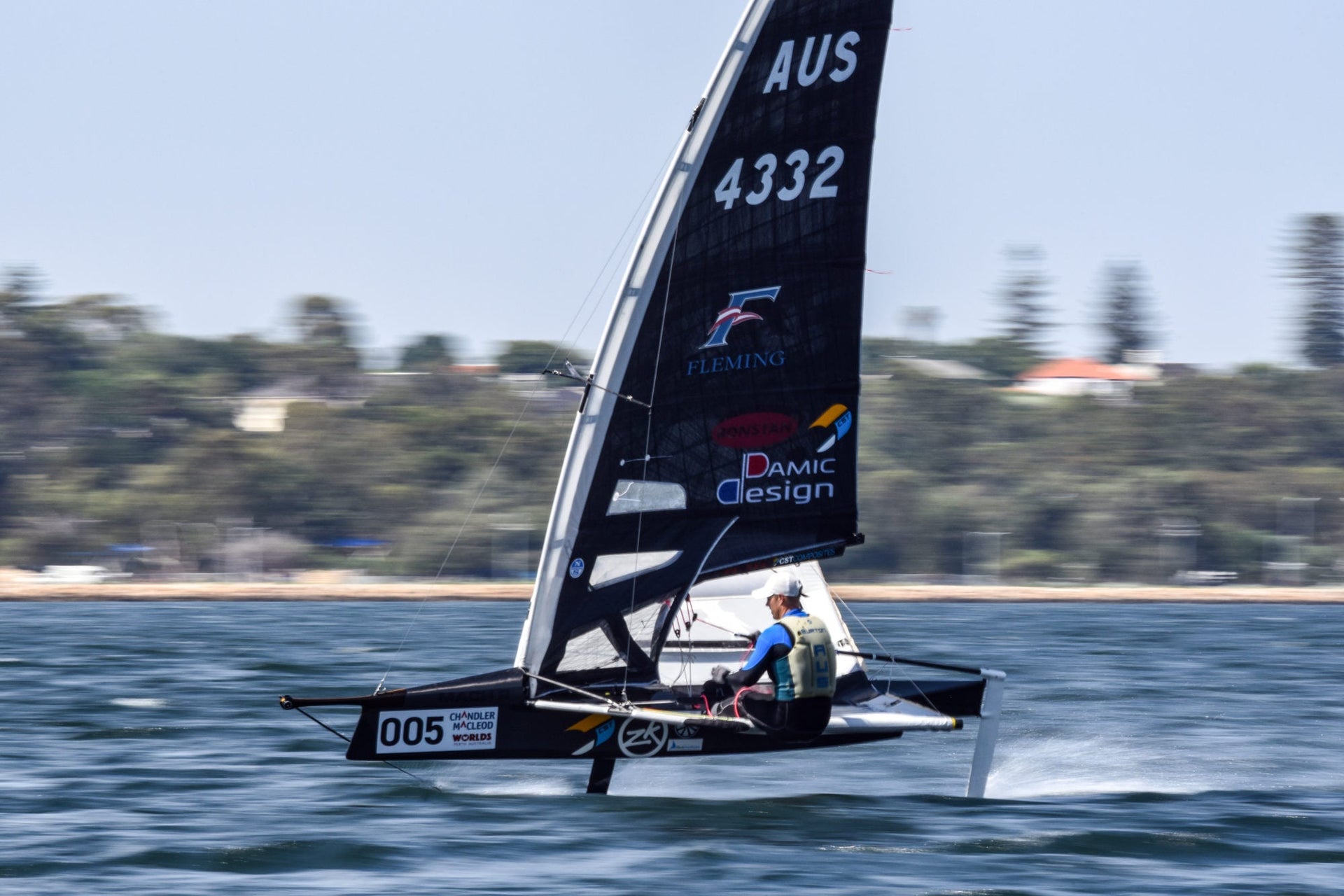
VICTORY AT THE 2020 NEW ZEALAND MOTH NATIONAL CHAMPIONSHIPS
VICTORY AT THE 2020 NEW ZEALAND MOTH NATIONAL CHAMPIONSHIPS
A Look Into The Winning Combination
North Sails Photo: James Tomlinson
A bit of teamwork and North Sails 3Di technology proved to be a winning combination for Auckland sailor Graeme Sutherland at the 2020 Moth national championships — sailed just days before the nationwide lockdown took effect.
Sutherland, who finished top Kiwi at the Moth world championship in Perth in December, sailed a strong and consistent series over two days out of the Sandspit Yacht Club north of Auckland, to finish clear ahead of Olympic bronze medalist Sam Meech.
“The final results probably make it look easier than it actually was,” says Sutherland, who dropped a second and an eighth placing to finish with a perfect scorecard.
The development class regatta was held in Sutherland’s home waters of Kawau Bay, which he says provided ideal conditions and plenty of open water. There were almost twice as many entries for the regatta than for the 2019 nationals, with 22 entrants, including young up-and-coming sailors such as George Gautrey and Nick Egnot-Johnson.
The first day’s racing was light and shifty, with some up-and-down performances, and Sutherland was tied for the lead with Stu Goodes after four races. However, on the second day, Goodes was knocked out of the regatta after breaking a spreader, and Sutherland found himself having to stay in front of Meech to take the title.
These three sailors were the top three Kiwis at last year’s worlds, and Sutherland says they have worked together to raise their performance. All three sailors have worked with the North Sails One Design team, led by Derek Scott, to optimise their 3Di sails for their New Zealand-built Bieker Moths.
“We decided to get the same gear and work as a squad, all using the same boat, rig and sail, and try to play off each other to improve,” Sutherland says. “It’s a hard class for sailmakers to keep up with, as things change so much. There’s always a bit of last-minute development, and before the worlds we managed to go into the North loft and do some small modifications to the sail and deck-sweeper area.
“After the worlds we went back into the loft and made a couple more minor tweaks, so coming into the nationals we were all on the same page and up with the latest developments.”
Sutherland says the sail he is currently using has increased depth in the luff curve, which allows him to power up a lot more, especially in light conditions and downwind.
The big question now is whether the next worlds, scheduled for Weymouth, England, in September 2020 will go ahead. The New Zealand nationals were held under the increasing threat of Covid-19, which saw the country move to alert level 2 on the Saturday of the regatta.
“It was good that we got the regatta done in time, but it was a pretty close thing,” Sutherland says.
Also managing to complete its nationals series before Covid lockdown was the Flying 15 class, hosted by the Onerahi and Marsden yacht clubs in Northland. Finishing third overall, and securing a spot at the next Flying 15 world championships, scheduled to be held in Fremantle in February 2021, was the new pairing of Napier sailors Nathan Percy and Scott Pedersen.
Both are also keen Paper Tiger sailors, with Pedersen normally sailing with Nathan’s brother Hayden, a former Paper Tiger national champion. However, after Hayden was injured, Nathan stepped into the helmsman’s role in the Flying 15. Despite their lack of experience together, they won one race and chalked up four second placings in the nine-race series.
Derek Scott of North Sails One Design says using a new set of North Sails, including a radial-cut mainsail developed by North Sails UK, was key to Percy and Pedersen’s success.
“Having not really sailed the boat together before, they still managed to be absolutely on the pace and also pick up some top placings,” he says.
READ MORE
READ MORE
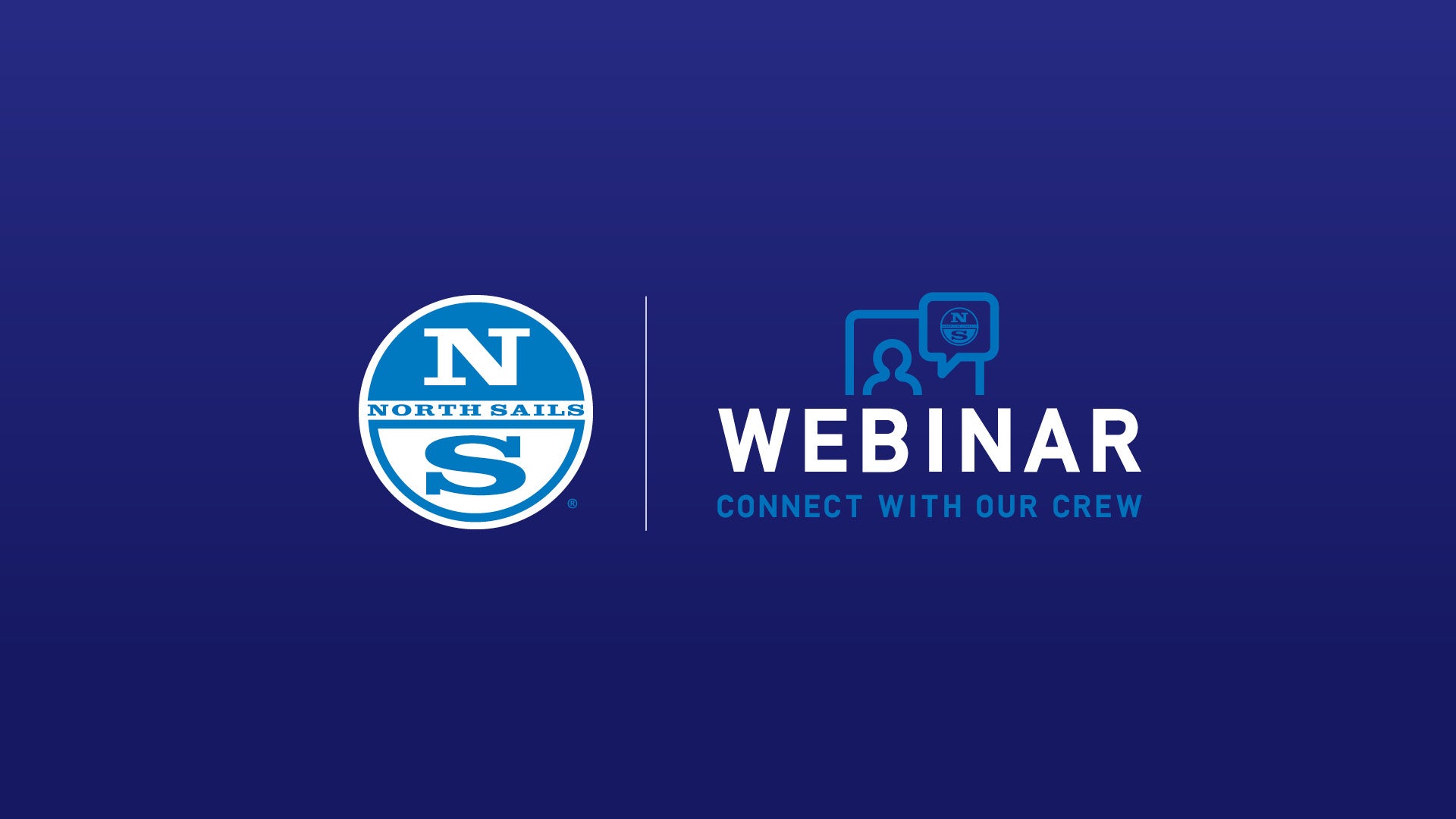
LET'S TALK CRUISING SAILS
LET’S TALK CRUISING SAILS
10 Things To Look For
Join North Sails expert Austin Powers, Peter Grimm and Bob Meagher for a discussion on 10 things to look for in cruising sails.
READ MORE
READ MORE
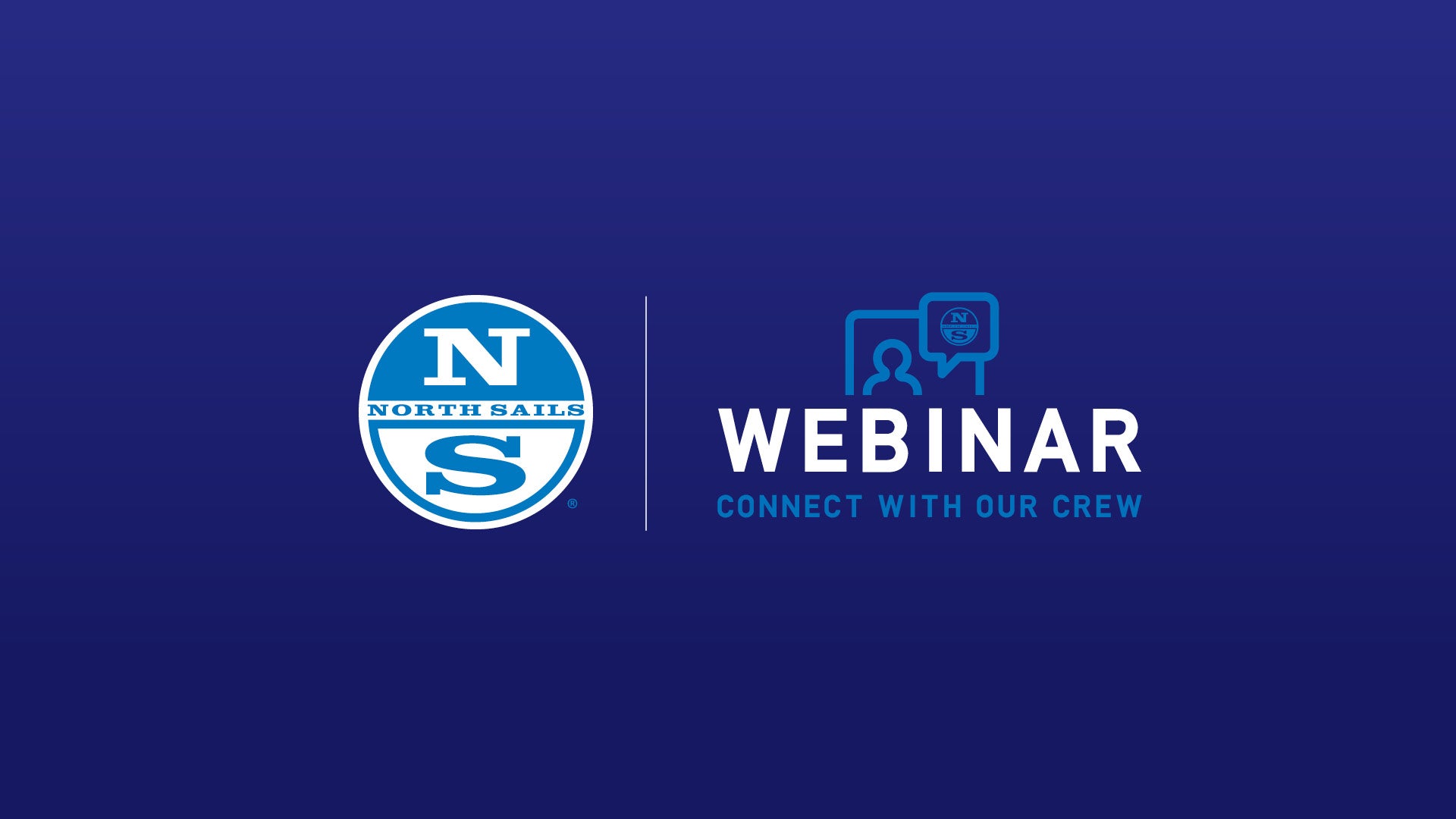
LET’S TALK MOTH WITH TOM SLINGSBY AND ROB GREENHALGH | SESSION THREE
LET’S TALK MOTH WITH TOM SLINGSBY AND ROB GREENHALGH
Session Three
Moth World Champion Tom Slingsby and North Sails class leader Rob Greenhalgh talk us through the in’s and out’s of race day strategy, and provide tuning tips for the newly released 9DSX Decksweeper mainsail in the third webinar, ‘Let’s Talk Moth’.
READ MORE
READ MORE
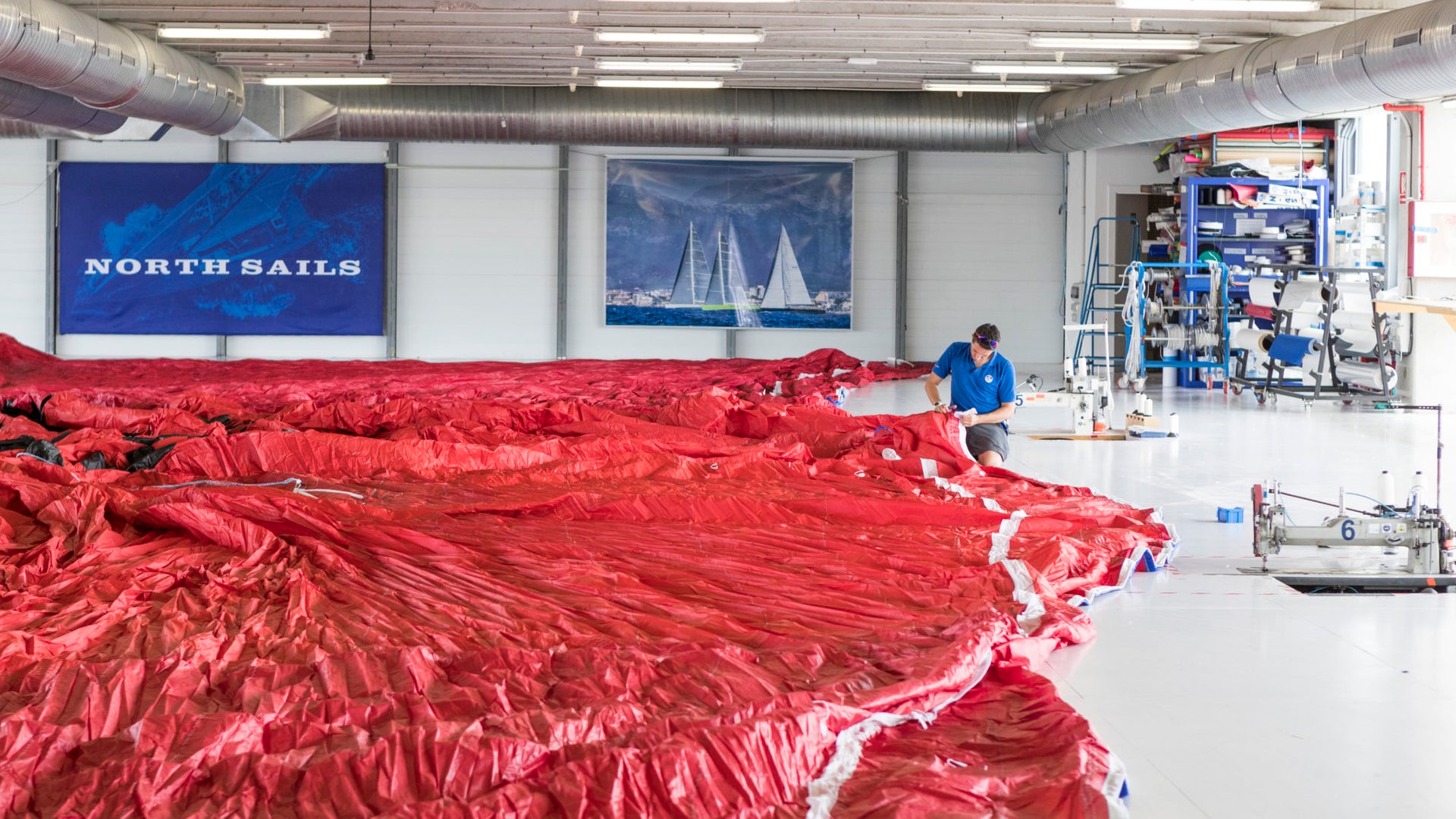
NORTH CERTIFIED SERVICE SPINNAKER SAIL CARE
A LOOK INSIDE THE NORTH SAILS LOFTS: SPINNAKER SAIL CARE
Our Certified Service Experts Explain Review and Repair of Downwind Sails
No matter where you are in the world, you can prepare for your next event or be ready for when sailing season picks up again by knowing what to look for when it comes to a healthy spinnaker. A few months ago we published ‘When to Replace Your Spinnaker;’ a how-to on what to look for and advice on prolonging the life of nylon downwind sails. Many of the tips were visual cues for when you’re out sailing, but our service experts also have a process where they can inspect your spinnaker inside our lofts, and help to determine if it’s in repairable condition or if you should think about replacement.
We called on Certified Service managers Bacci Sgarbossa and Nick Beaudoin, from Italy and Australia respectively. Below is an explanation of their simple, but effective process for assessing the lifespan of your spinnaker. This North Sails Blue Book process holds true for spinnakers of all sizes, from one design to supermaxis.
Step 1: Rinse That Salt Off
It’s important to rinse spinnakers after sailing. Salt retains humidity making the kite heavier and more elastic. Plus, dried salt crystals in spinnaker cloth add weight. Let your service expert know if your sail needs to be rinsed when it arrives at the North loft.
Step 2: Hang Dry
Once your spinnaker arrives at the loft, it is draped and hung up to dry overnight. Once dry, it is ready to “fly” (inside!). Depending on the size of the spinnaker, two to four staff “fly” it in the air, which allows the team to get underneath and inspect the sail for any tears and/or holes. As the sail is being flown, damaged areas are marked with fluorescent stickers.
Step 3: Repair
The service technicians use fluorescent stickers to easily identify areas that require sail repair. Pinholes and tears are patched with the appropriate cloth. Once all work is completed, each sail is flaked and bricked for easy transport and storage.
Step 4: Replace (if necessary)
There are times when a sail is beyond repairable. Your Certified Service expert will let you know when the sail is on its last legs and then get you in touch with the proper loft contact.
Find A Loft Find An Expert Request a Quote
READ MORE
READ MORE
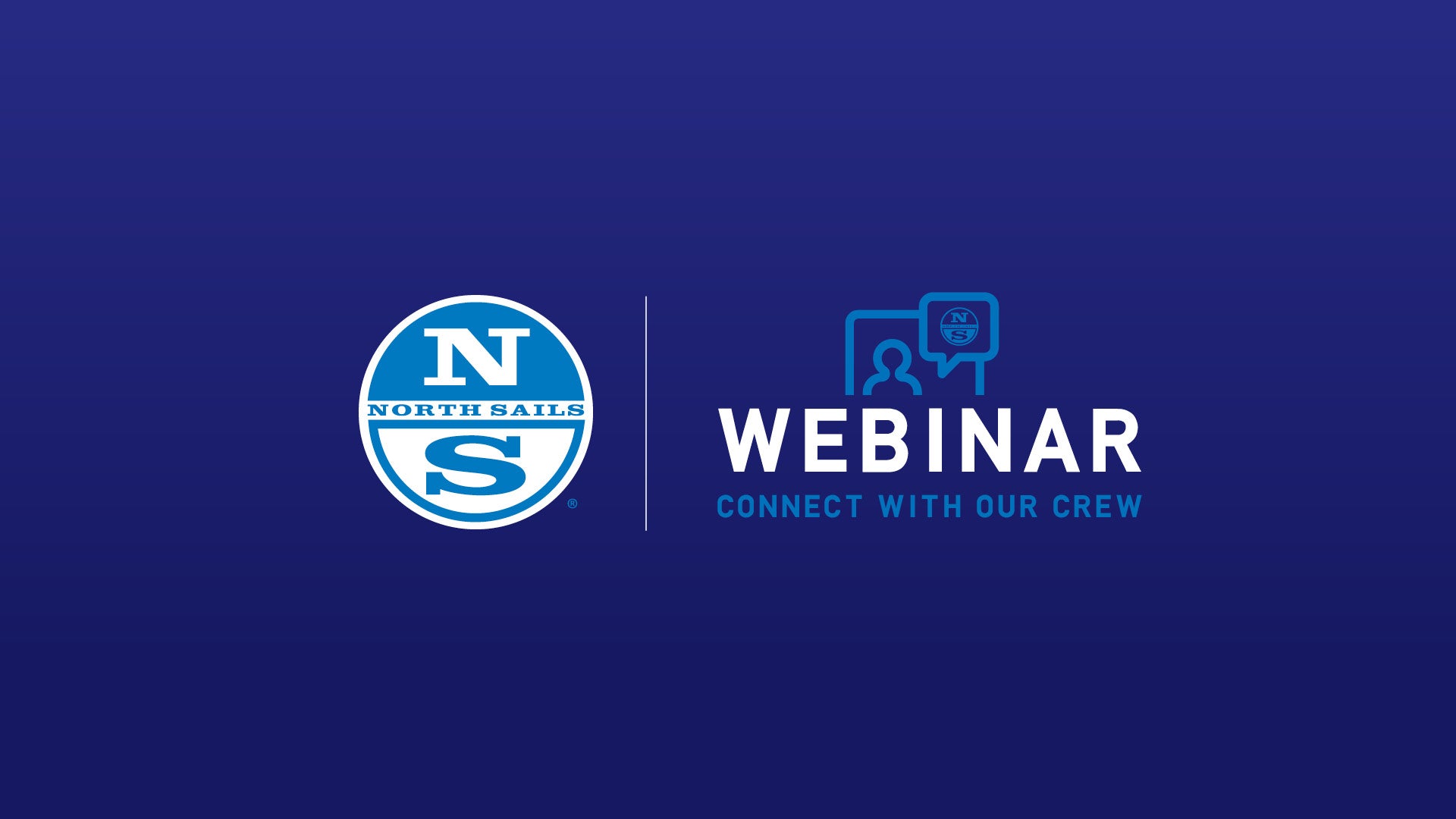
LET’S TALK VIPERS | LATEST TUNING & TRIMMING TIPS
LET’S TALK VIPERS
Latest Tuning & Trimming Tips
Class Experts Zeke Horowitz, Austin Powers, and Jackson Benvenutti give the latest on tuning and trimming tips, and how to put yourself at the front of the pack.
READ MORE
READ MORE
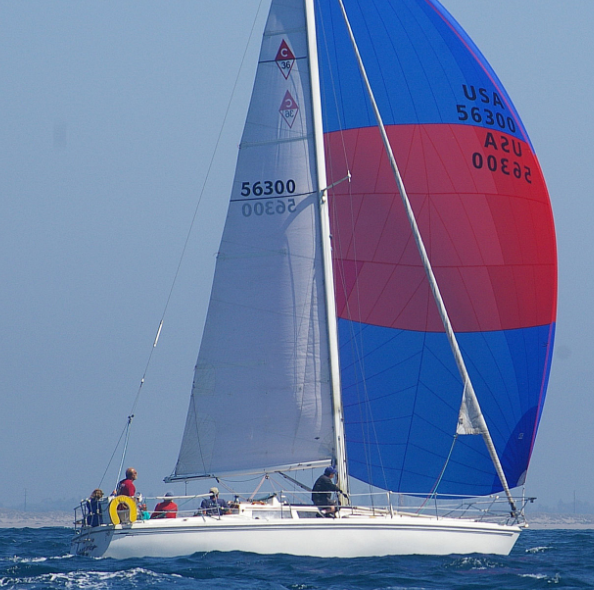
SAIL TO CATALINA: PART 1
SAIL TO CATALINA: PART 1
The Best Sails To Use When Sailing To And From The Island
North Sails experts Alex Curtiss and Bill Herrschaft share their advice for the best sails to use when heading to Catalina Island from Marina del Rey.
Bill shares, "Back in the early 70’s, my mom, dad, two brothers and I would do weekend trips to Catalina from Marina del Rey on our Catalina 22. That’s right, a family of five on a 22-foot boat towing a dinghy all the way there, 42 miles. Needless to say, it took forever. It was a fun adventure and we would play with the other yacht club kids once we got there."
Nowadays, production sailboats have evolved with better hull, rig, and sail plan designs that make sailing easier and certainly a lot more comfortable. With the advent of modern sail handling systems, it’s easier to hop on your boat and get out of town. Almost all production boats come with a furling genoa, and your choice between an in mast furling main or the “Classic” mainsail you have to actually hoist. Great stuff for a new boat owner in terms of sail handling convenience.
One thing Bill likes to look at with a typical round-trip sail from Marina del Rey to Catalina; How can we add performance and fun when the wind goes aft and the stock genoa looses pressure and just sags?
Enter the G1 All Purpose Cruising Spinnaker, or Gennaker as we call it. It’s an asymmetric spinnaker, designed to be flown without a spinnaker pole, on a beam or broad reach. Usually built out of ¾ or 1.5oz Nylon, they’re easy to trim and do not add any complicated rigging or huge expense. You hear a lot about racing Asymmetric spinnakers that take a crew of 15 to handle, but these sails have been around for over 30 years and designed for short handed sailing. Gennakers come with a Snuffer, a long sock type arraignment with a molded cone at the bottom to help control, deploy, and take down (snuff) the gennaker.
So, what are the weather conditions you can expect on a typical trip from MDR to Catalina? Starting out in the early morning the breeze will be a light southerly, probably motor sailing or sailing upwind with main and Genoa. Once past Palos Verdes, and away from land influence, the wind should increase and move aft. This is the perfect time to try our your new Gennaker in the wide open Catalina Channel before it gets too windy.
Hoist the Gennaker in its Snuffer all the way up. The sail is contained in the Snuffer until you’re ready to deploy. Bear away to a broad reach, snug the sheet a little and use the Snuffer control line to raise the sock and open up the Gennaker. Slowly head up and sheet in until you feel the Gennaker fill and pressurize the boat. Once sailing a comfortable course, ease the sheet until the Gennaker luff curls, then sheet in slightly to achieve the proper trim.
Now is the time to get a feel for your new Gennaker and try sailing up (closer to the wind) or down (a deeper angle to wind direction). Alex points out, " These sails are more sensitive to wind speed and angle than a genoa so it’s good to learn how high or low you can effectively sail in a given wind speed." Generally, a tight reach in light air, or a broad reach in higher wind speeds. You do not need complicated wind instruments to sail with a cruising spinnaker. Just a mast head fly for wind direction, and a simple anemometer for wind speed. Or, the old fashioned way, a feel for wind on your face.
To douse or Snuff the Gennaker, do these easy steps. Simply bear away and sail low enough so the mainsail helps block the wind and “relaxes” the pressure in the Gennaker. Go forward and pull the sock’s control line down so the sail is contained in the sock all the way to the clew. You now have time to safely ease the spinnaker halyard and snake the entire package on deck.
How about coming home from Catalina? Depending on the time of day, the wind in the Catalina Channel could fill-in nicely. If you can maintain a comfortable sailing angle heading to Palos Verdes, then deploy the Gennaker. Sometimes the wind will head, or go forward, as you get closer land (Palos Verdes Peninsula) and you might need to douse the sail to get around the point. Once past the point, you will almost always have a good wind angle to use the Gennaker all the way back to Marina del Rey.
A Gennaker will add fun and horsepower to your boat for shorthanded sailing without unnecessary complication.
Read Cruising to Catalina, Part II
Learn more about cruising with our Cruising Tool Kit.
READ MORE
READ MORE
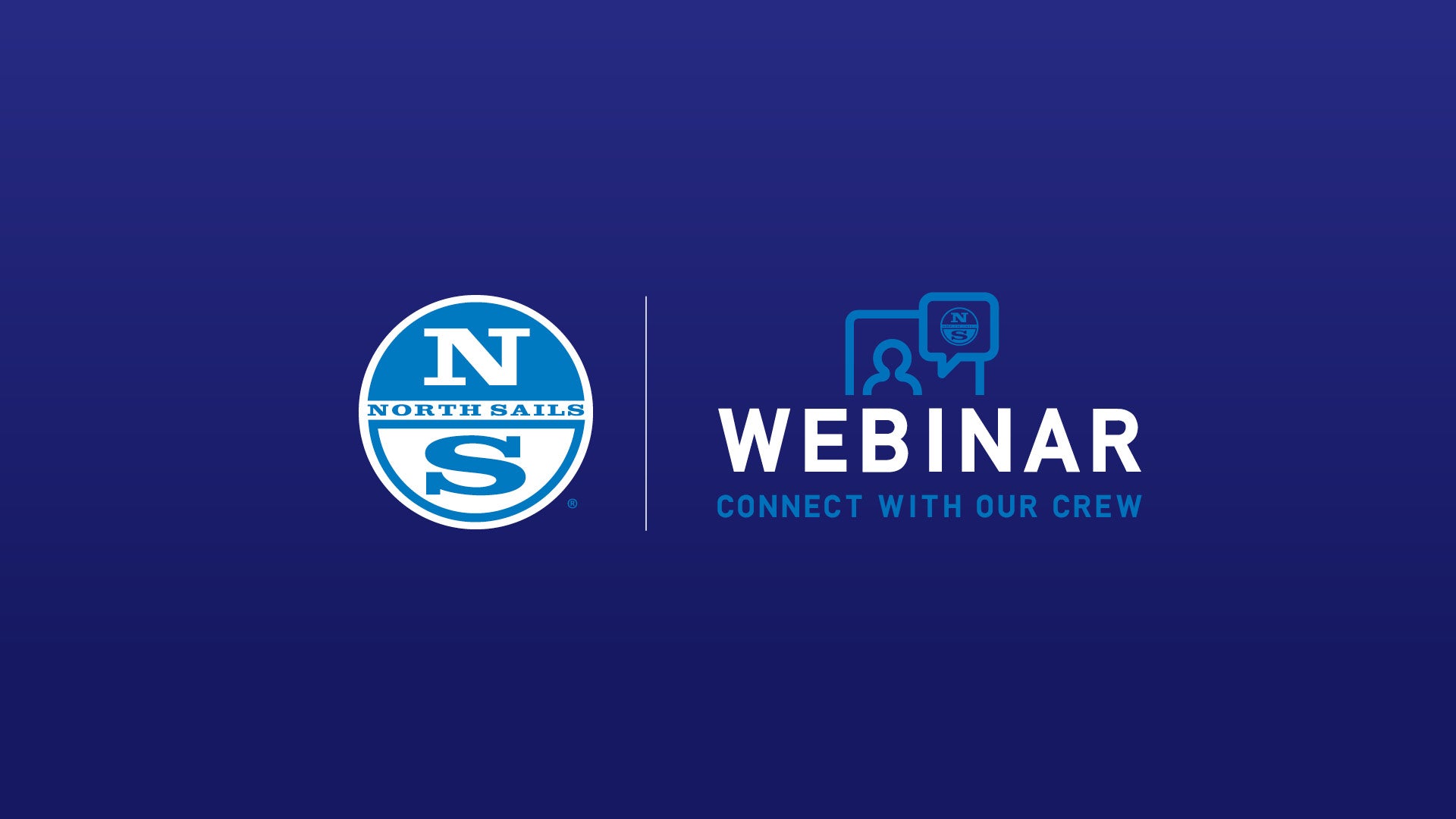
LET'S TALK OPTIMIST WITH ANDREW WILLS, DEREK SCOTT AND CHRIS STEELE
LET’S TALK OPTIMIST WITH ANDREW WILLS, DEREK SCOTT, AND CHRIS STEELE
Session One
Optimist class experts Andrew Wills and Derek Scott talk all things Optimist with special guest Chris Steele who won the Worlds in 2007 with Wills as a coach. This session covers planning, daily routine, race routine and how to maintain a good training mindset.
READ MORE
READ MORE

THISTLE HEAVY AIR TIPS
THISTLE HEAVY AIR TIPS
A Recap From the Midwinters East with Mike Ingham
📸 Cory Hall, St. Pete Sailing Center
Breeze on! The 2020 Thistle Midwinters East was sailed in overpowered conditions for the entire weekend. It was a lot of fun! Going fast was about hiking hard, steering for waves, playing the main to keep the boat flat, and good on board communication.
Here are Mike’s top 5 points on sailing fast in a breeze:
Sail Flat
Flat defined: I define this as a few degrees of heel (not necessarily totally zero degrees flat)
Helm check: You should have no noticeable helm, and to check this you should let go of the tiller and see how fast you head up. You will likely find that at 0 degrees you go straight, and with a few degrees you head up slowly. If you head up at all quickly, you are too heeled!
Hike Hard
Hard hike defined: 100% hike is unsustainable. 80% or something like that is a sustainable hike for long races on multiple race days.
Pain: 80% still hurts! There is no way around it, hiking hard is work.
Your 80%: Everyone’s 80% is different, all you can do is what you can do. Find your 80% and stick with it.
Hike steady: Don’t hike harder in a puff and softer in a lull (assuming the lull is still overpowered as most were at MWE). Sustain that 80%.
DO hike harder in critical situations. Occasionally I would say something like “100% hike until we cross this pack”.
DO hike less when not critical. “50% hike, there is a gap ahead and behind, lets save our energy to the finish”
Vang is a Big Depower Tool
Vang flattens the sail: It bends the mast down low by ‘ramming’ the boom forward into the mast. You will notice more overbend wrinkles when vang is on, less when it is off. More wrinkles means your sail is flatter, less means it is fuller.
Ease in lulls: If you do need power in a lull, ease the vang and sheet in. Still at 80% hike until you are clearly underpowered.
Pull on vang in breeze: If you need to depower more, tighten your vang. There is a limit; our boom bends a lot with vang on full. Our limit is just before we feel we will break the boom.
Main and Steering
Keep the boat flat: To state the obvious, easing the main and steering up keeps the boat flat in a puff, and vise-versa in a lull.
It takes both: It is always a combo of the main and steering, I know of no condition where I do one without the other, its the % of each changes depending on the wave condition
Main and Steering in Waves and Wind
Foot: In waves, pinching up can be super slow because the boat is slowed by waves.
Aggressive steering: I steer all over the place looking for the best path through waves. I find low spots and avoid steep waves, or in smoother waves to steer up the face and down the back.
Steer to waves, trim to heel: To do this, I have to prioritize steering where I need to for the wave while trimming the main to keep the boat flat
Main and steering in flat water:
OK to pinch: In flat water, I can steer wherever I want with no worry that I will slam into a wave
Pinch to depower: In flat water when I am overpowered, I prioritize trying to steer to the wind (up in a puff, down in a lull)
Mainsheet to fine tune: I will still need small main changes to keep the boat flat where I can’t keep up with it steering
It’s Rarely All Waves or All Flat
Most of the time, there is some combo of steering for wind and steering for waves. In the flattest water, 100% of my steering is to the wind because there are no waves. In the roughest water, I probably steer to the waves 80%, and steer to the wind 20%. I would say a typical thistle heavy wind race at MWE was 50% / 50%. The bigger waves I would have to steer through, but flat spots would allow me to steer up in a puff
ALWAYS play the main
Waves: In waves, I am steering a lot through waves, so I need to play the main constantly and aggressively. I go through a large (at times an armlength) range.
Flat: In flat water, even though I want to steer mostly to keep the boat flat, I find I need to constantly adjust the mainsheet to keep the heel just right. These are small (a few clicks here and there) but frequent adjustments
Jib
When we are overpowered, we set the jib to the main backwind bubble. That means when the main is eased a lot, we have to let the jib out too. If our main flogs the jib is to blame (until it blows about 30, then there is nothing left to do but flog both sails!) A gentle bubble of about 1 foot behind the mast is about right. More and you need to ease. Less and you need to trim.
Stay ahead of the curve by calling wind and waves
“Puff in 3, 2, 1 puff on” allows me to start easing at “2” and that prevents an initial heel in the puff. Very effective.
“Big wave”, or even better something descriptive like “Square wave” or “A lot of waves” is super useful.
“Flat spot” is great info on a bumpy day. If there are lots of waves, it seems silly to call them all, I need to just assume there are waves until told otherwise
That should cover it. Sailing flat by being proactive on depowering (vang…), then sailing the right combo of steering and main sheet is the way to go fast in big breeze. Oh yes, almost forgot – hike hard!
READ MORE
READ MORE
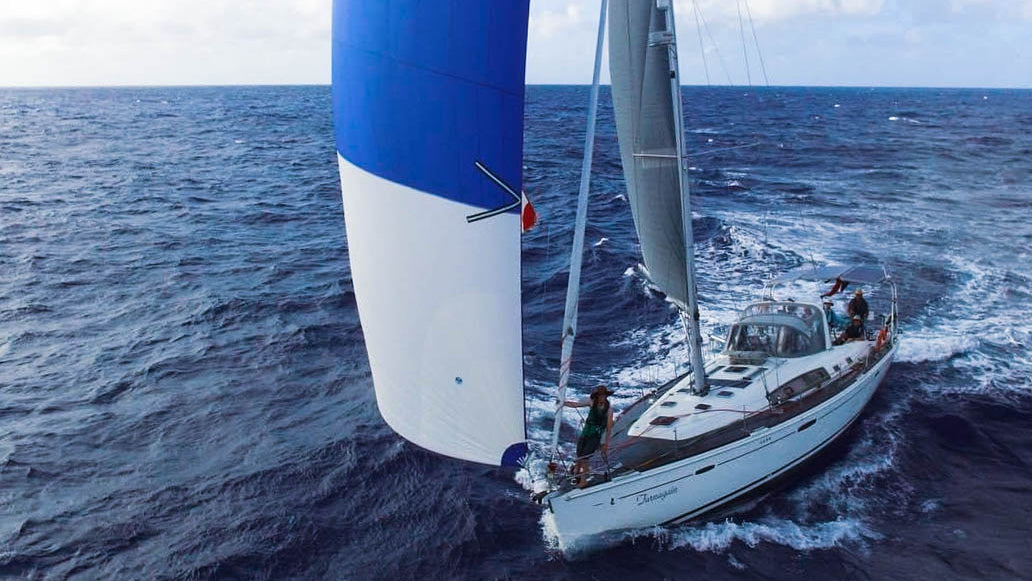
FRIENDS REFLECT ON A GREAT SAILOR AND PARTNER
FRIENDS REFLECT ON A GREAT SAILOR AND PARTNER
Remembering Travis McGregor
Travis was a great sailor and a great friend of mine. I contacted the sailor who spent the most time racing with him on Turnagain as well as his partner and asked them a few questions.
Here are their responses to the questions I asked Uncle Vern Burkhardt.
Your first time meeting Travis.
I met Travis in Victoria during the Swiftsure International Yacht Race while I was the Chair of this event. A great friendship subsequently began when Travis was a student in 2013 of an Offshore Personal Survival Course (Safety at Sea) where I was one of the three instructors. Early on it was apparent that Travis was a highly skilled mariner who loved to sail and to compete in sailboat races.
How many races/deliveries have you done with him?
I raced with Travis in about four Oregon Offshore Races (since renamed the Pacific NW Offshore Race), four Swiftsure International Yacht Races, two Southern Straits, a Snowflake winter series run by the West Vancouver Yacht Club, and two Vic Maui Races (2016 and 2018). I also helped him deliver his SV Turnagain from San Diego to Vancouver.
Also, we jointly arranged and took turns skippering various legs in the delivery of John and Judie Abel’s Beneteau 49 from Puerto Rico through the Panama Canal and back to Victoria via the Galapagos Islands, Marquesas, and Hawaii (over 11,000 nautical mile delivery). We also helped Abels deliver their newly acquired yacht from Halifax NS to New York City.
A funny experience with Travis.
Travis and I had many wonderful times together and shared some funny and also some very challenging conditions. We both loved to fish while offshore by dragging behind the boat a 1/8” line attached to a leader and lure. Whenever we had a fish strike Travis would become highly excited, unusual for Travis, and rush to grab the line to bring in the fish.
The only time I would get to the line before Travis was when he was sleeping, but even then a few times he rushed out from below and grabbed the line with the fish before anyone in the cockpit could get to it. With a “fish on” he became very animated and excited when it was landed.
Whenever we raced in the Pacific NW Offshore Race we would sail to Astoria a week in advance presumably to be in Astoria in time for the start of the race. The real reason, it seems, was that Travis loved to sample the libations offered by the many brewpubs.
Almost every time we headed offshore for a delivery or a race, Travis would be seasick for the first several days. When asked why he didn’t quit sailing and instead take up golf he replied, “You can’t golf at night.”
One of the most memorable experience with Travis was during the delivery of SV Turnagain from San Diego to Vancouver. We were off the Oregon coast at night and it was pitch black with no moonlight. Travis and one other crew member were below decks as they were off watch, and I was on the helm. A wave hit the side of the boat hard and washed over the deck knocking me off the helm and with great force against the pushpit. Travis bolted out of the cockpit and yelled, “Are you still on the boat” as the MOB ring and light were disappearing behind as its bracket attaching it to the boat had been bent by the wave.
In a few hours Travis lamented that we missed a great opportunity to practice a MOB recovery drill in the extreme wind and sea condition by retrieving the MOB ring and light. He didn’t mention, but I’m sure it was in his mind, and save the cost of replacement. Two years later the life ring was retrieved by a mariner off the Brooks Peninsula, and through luck the MOB life ring minus the light was returned to Travis only a week before his death.
What was the best attribute Travis brought to a sailing team?
Travis was meticulous in his preparation of SV Turnagain for any race. He knew every aspect of his yacht and had thoughtfully equipped it with incredible attention to detail. He was one of the best helmsmen, and a highly competent navigator and leader on a boat. Travis never lost focus and was always thinking about how to go faster and in the right direction to gain advantage.
A time Travis went above and beyond to make sure his team was safe.
Travis always went above and beyond to make sure his team was safe by ensuring the boat was well prepared, and he was physically and mentally up for any challenge that came along.
He showed his leadership skills when we lost the quadrant in the steering system in the 2016 Vic Maui Race. His first priority was the safety of crew and leading the crew in making a decision whether or not to continue racing with our emergency steering system knowing we were no longer competitive or change our mission to arrive in Lahaina, Maui in time for the Awards Party. The party option was the chosen option.
Travis’ crew briefings prior to each race or offshore passage were thorough and clear. He had a checklist of items to cover and did so in a manner that all crew were aware that a safety first culture prevailed on the boat. And he led by example.
What do you think Travis should be remembered for?
Travis loved his two children and was often melancholy about being away from them when we were offshore. He often spoke about them and how proud he was of them—a great role model for a father. He should also be remembered as a highly accomplished mariner who loved being on the water. He was a wonderful gentleman, a great friend, and respected and admired by an incredibly large number of people.
Kaitin Brunt:
When was your first experience sailing with Travis?
The first time Travis and I went sailing was for a few days cruising in the Gulf Islands. He picked me up at a tiny dock where he maneuvered Turnagain (in reverse!) into this super tight slip and made it look effortless, as he did with most things. As I was stepping onboard I thought to myself, "Oh my god, who is this guy??"
What was your favourite memory on Turnagain?
We were sailing back from Wigwam with Travis's kids. It was sunny, we had a beautiful breeze behind us, and Sylvia (his daughter) was driving. He loved being out with his kids and having them participate in the sailing. Sylvia was doing an amazing job and Travis was such a proud dad!
What were Travis's favourite activities/passions outside of his boat?
He loved to explore, be active and be in nature. He loved skiing, diving and hiking, anything that brought him outdoors. He was also a fantastic cook!
Who did you consider Travis favorite person to be on a boat with?
He was definitely happiest when his kids were onboard. He really wanted to show them the world by boat.
Where was Travis' favorite or top spot he enjoyed sailing ?
Tough question... I think he loved all his sailing adventures, whether it was Gulf Islands, Hawaii, or Galapagos. He really wanted to see it all by boat, but I think his heart belonged to the coast. Secret Cove, Tribune Bay, Princess Louisa .. he always said he wanted to end up here.
Which do you think Travis enjoyed more cruising or racing ?
Travis was definitely a cruiser. He enjoyed racing because it got him on the water but he was happier to explore on his own time. He liked racing because it was a great excuse to sail to Hawaii, but he would have cruised there if he could have justified it!
Our sailing community lost an amazing sailor and friend. Before Travis passed he was co-chair of the Vic Maui and one of the reasons that the race has been as successful as it has been over the last few editions. He also helped a local couple deliver their boat home from the Caribbean. Travis always had his next adventure on his mind and I hope that his legacy will live on in the memories of his friends.
READ MORE
READ MORE
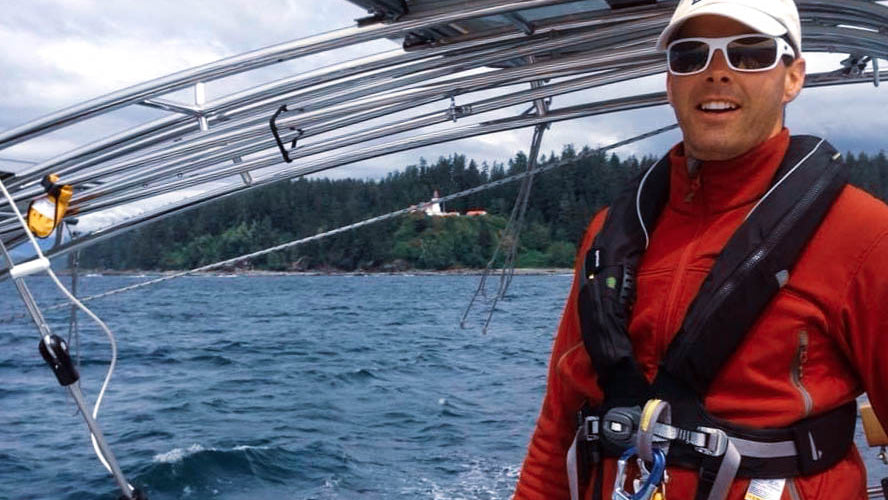
REMEMBERING TRAVIS MCGREGOR ; A CRUISER, A RACER, A FRIEND
REMEMBERING TRAVIS MCGREGOR
A Cruiser, A Racer, A Friend
The first time I met Travis was on his Beneteau Oceanis 50 Turnagain when installing a new sail he purchased from North Sails Vancouver. 6 years later I was invited by Travis to race to Hawaii on the same boat in the 2018 edition of the Vic Maui.
When I first met Travis he was a full on cruiser and he decided to join the Vic Maui in the cruiser class to get some ocean miles under his belt. He enjoyed his first Vic Maui so much he decided to do it again in 2016. Travis also raced on many other boats in the PNW as his boat was set up for ocean sailing.
After racing Travis was a social guy and you could always be sure to find him enjoying a hoppy beer either on the docks or in a local brewery. I think a bit of the local racing and his enjoyment during his first two Vic Maui's really started to push him to truly crave ocean racing. He put a real competitive team together for the 2018 Vic Maui which I was lucky enough to be invited.
Travis was competitive but results were not first priority, the list went like this 1) the personal safety of the crew 2) boat preservation and then 3) results. I learned a lot from Travis and his ability to prepare and organize an ocean racing boat and team. One of the coolest things Travis could do in my opinion was while laying down underneath he could tell if someone was not driving the boat correctly.
He put a lot of miles on Turnagain and it was almost like when he was on the boat, him and the boat were one... as weird as that sounds. He took very good care of Turnagain and I even remember when we got to Lahaina and he was giving the final crew briefing before we hit the docks to celebrate with family and the organizers and he said "so they are going to give us champagne and whatever you do, DO NOT spray it on the boat!"
Another little story about how safety orientated he was after we finished the 2018 Swiftsure Yacht race we hit the docks at 6 am for breakfast and listened on the radio for the rest of the finishers. I had done the math and we were looking good to win our division overall, Travis was listening but made every single crew member coffee and breakfast while I kept my ear glued to VHF. After breakfast the final few boats we were worried about finished, I did the math and I had announced that we won our Division. As soon as we found out that we had won, dock lines came off the dock and we headed out for a man overboard drill... you'd think after 24 hours of racing and winning the division the captain would let us sleep a little.
I asked Travis why he thought it was so important to go and do a man overboard drill at 6 am and I will never forget his reply, he said " I want to practice this drill while everyone is overtired and worn out as that could be the same state we are in if someone falls overboard.”
Hear more about Travis and the impact he made on his friends and competitors.
READ MORE
READ MORE
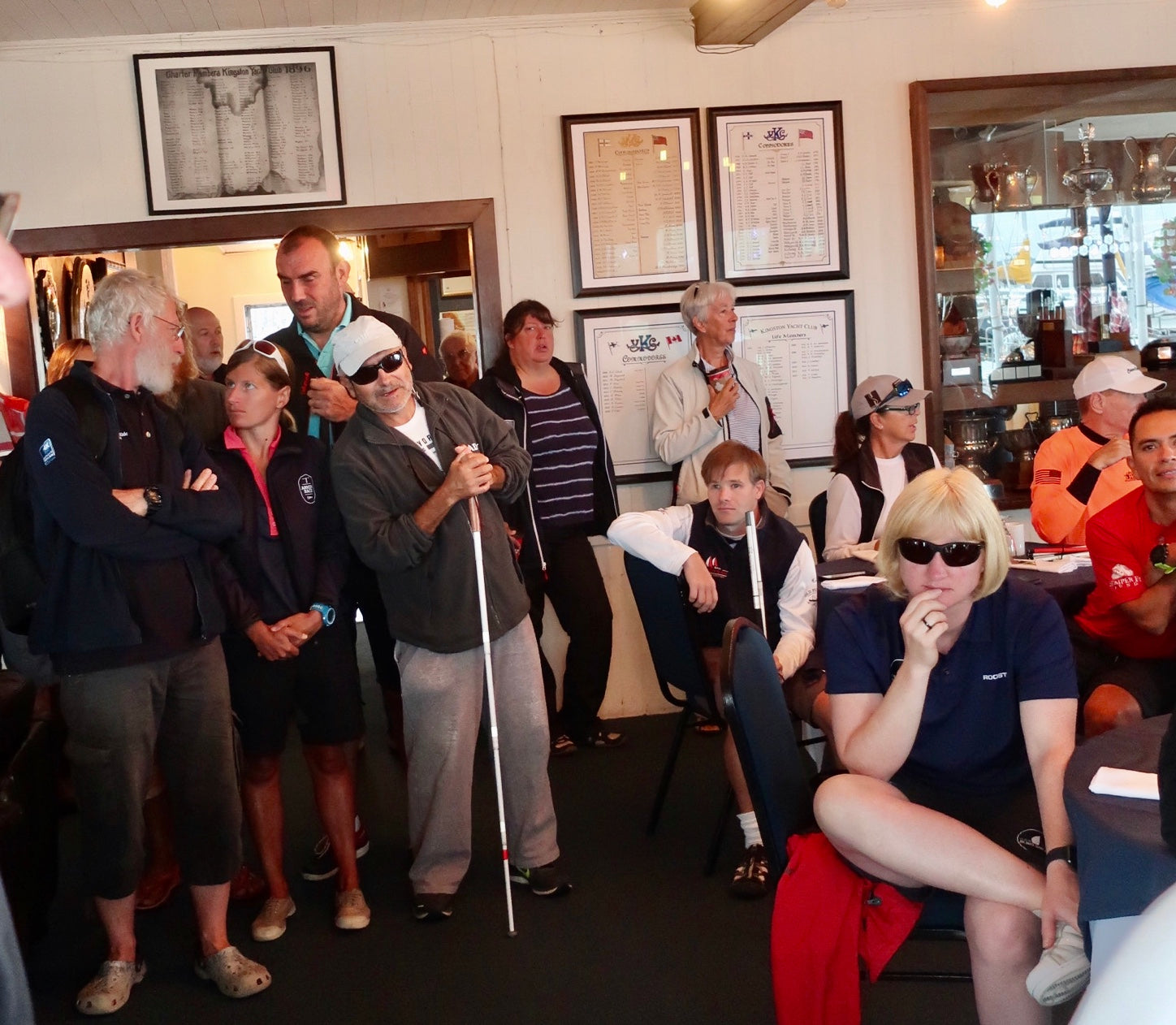
INSPIRED RACING. EMPOWERED RESULTS.
INSPIRED RACING. EMPOWERED RESULTS.
Blind Sailing Worlds 2019
If you think you are up for a challenge, try this the next time you go racing. Put a blindfold on your skipper and jib trimmer before the start of a race. If you somehow manage to avoid a collision in the first four minutes, the prospect of making the starting line let alone making it around the first mark of the course are dim.
This past September, Kingston Yacht Club welcomed fourteen teams from 6 nations at the World Championships for Blind Fleet racing -- the first Blind Worlds hosted in Canada. The regattas high profile garnered the attention amongst many, Kingston's mayor and provincial member of the legislature, beginning with the opening ceremonies and all through the week of racing. Club members, family and media jumped onto spectator boats to be treated by all the action.
Watching blind and visually impaired sailors take their sighted crew around a windy, wavy racecourse is inspiring. Made more impressive since the Shark, at 24 feet, is a tight ship for a crew of four adults (two sighted crew to call tactics and trim the main ONLY) with no lifelines.
Approached by the race organizers, North Sails supplied the 150% genoas for the chartered Sharks. It was an honour to be a part of this transformative event. Most of the top sighted crews race Sharks with 180% genoas even in the windiest conditions. For crews new to Sharks, as almost all these teams were, the 150% genoas can be a handful in 12 knots true or more. The fleet of Sharks were equalized as much as possible with the Dacron 150% genoas as an excellent middle ground; capable of powering the boats through all the wind and wave conditions Kingston offered up.
The on-water racing was as intense as you will find anywhere. The adaptive skills and competitive drive of this group of sailors were only matched by their outgoing friendliness and camaraderie. Trans-formative was the common refrain from so many of the 70 volunteers. Fun was the word used by competitors. Noted repeatedly was how sailing and racing empowered these athletes to rise above their visual challenges.
At the recent Sail Canada Awards Gala, in recognition of the fantastic effort put forth by the race organizers, officials, and the host club volunteers, Sail Canada selected the Blind Worlds as the top regatta in the country for 2019.
Discover all Shark sails available from North Sails here.
READ MORE
READ MORE

LET’S TALK SOLO WITH CHARLIE CUMBLEY & TOM GILLARD
LET’S TALK SOLO WITH CHARLIE CUMBLEY & TOM GILLARD
Tuning the Boat for Speed & Upwind Tips
Solo Class Leader Charlie Cumbley and Class Expert Tom Gillard discuss all things Solo with special guest and Solo Class Chairman, Doug Latta. Topics include tips on how to maximize speed on the racecourse, boat setup advice as well as a focus on upwind sailing with Charlie and downwind sailing with Tom.
READ MORE
READ MORE
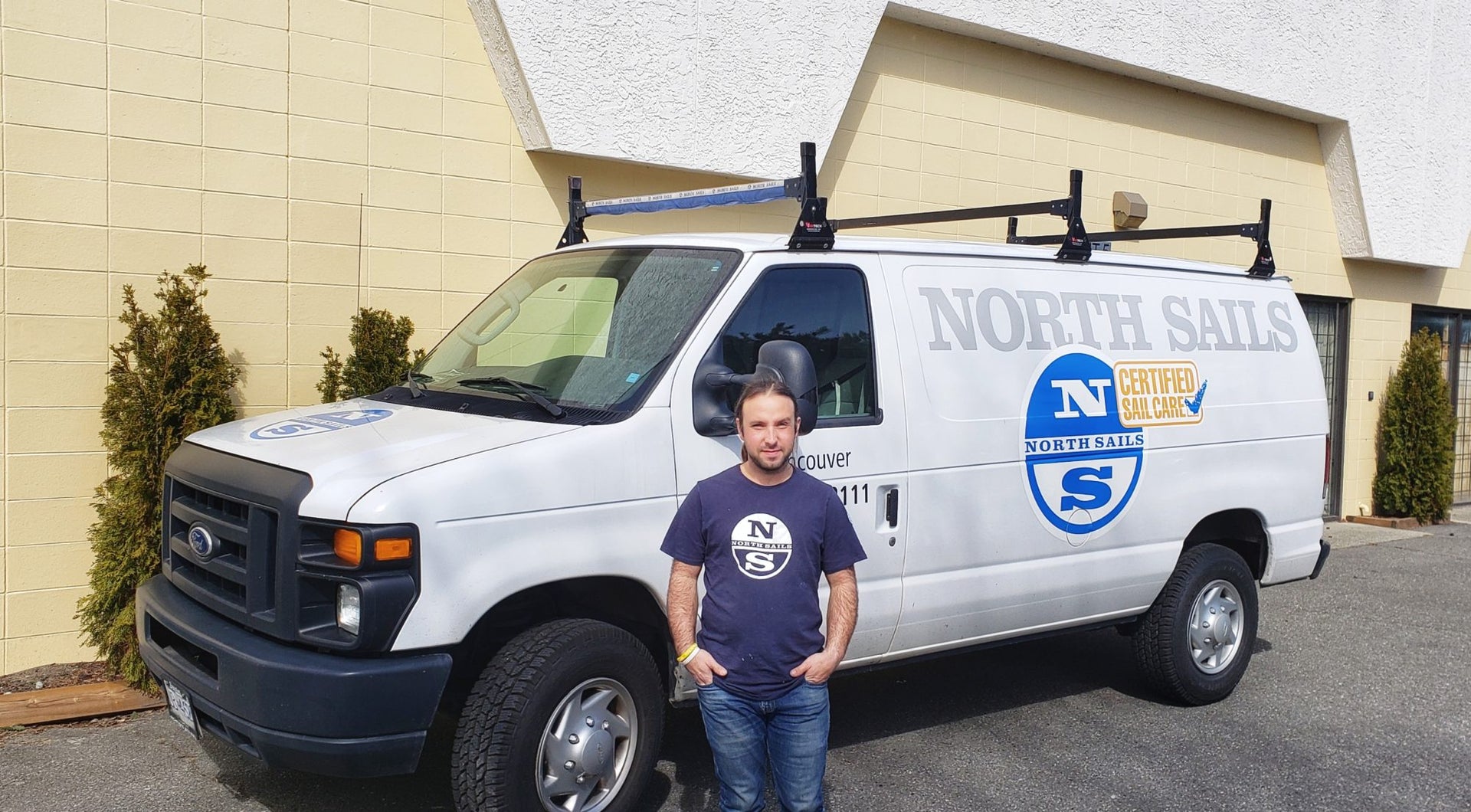
CURBSIDE SERVICE
CURBSIDE SERVICE
Preparation Starts Today
North Sails Vancouver wants to help you get ahead this season and your local service expert Chris Walter is here to make it happen. Due to our current global situation, please call us to arrange for pick-ups or drop-offs Monday thru Friday, 8am-4pm. In order to maintain social distancing and follow government guidelines, our loft is closed to visitors, but our sales team and admin are still working remotely.
Pre-arranged drop-off will be in the parking lot of our building. We are offering complimentary pick-up and drop-off in the Lower Mainland. All invoices must be paid prior to pick-up. Please provide payment when you arrange for your pick up by calling us direct at 604-271-2111. Have questions? Contact Chris.
READ MORE
READ MORE

NORTH SAILS OFFICIAL SUPPLIER TO VO65 CLASS IN THE OCEAN RACE
NORTH SAILS OFFICIAL SUPPLIER TO THE VO65 CLASS IN THE OCEAN RACE
The World’s Leading Sailmaker Ready for Round Three with One Design Fleet
North Sails is honored to be selected as the official one design sail supplier to The Ocean Race 2021-22. Known as the most grueling offshore team race, the Ocean Race has attracted the most skilled sailors and competitive teams since 1973. Equipping the VO65 teams with the industry’s most reliable high-performance products is paramount to the success of The Ocean Race, its sailors, sponsors, and fans across the globe.
The relationship between this storied race and North Sails goes back decades. Many within North Sails have sailed onboard various teams and have won the race, while numerous designers and sailmakers have supported the technical side of programs in their quest to finish first around the world. Collaboration between North Sails and Ocean Race teams has resulted in breakthrough technologies, including North 3Di, which was born in response to skipper requests for reliable shape-holding, durability, and of course lightweight performance sails.
The extreme nature of The Ocean Race requires sails that can withstand upwards of 55,000 nautical miles and four equator crossings. In 2013 North Sails was first named the exclusive supplier to the then brand new VO65 one design class. Two editions later, North Sails has once again proven itself worthy of delivering consistency across the one design fleet and a superior product which allows the teams to push their boats harder than ever.
“We are profoundly proud that our sails will have gone three editions on the VO65, and look forward to working with the new race organizers, partners and the teams in their upcoming adventure”
“The Ocean Race is one of the most prestigious events in our sport and is the ultimate proving ground for the reliability of 3Di,” remarked North Sails President Ken Read. “By introducing drones into the last event we have gotten to see how much abuse our sails can withstand. We are profoundly proud that our sails will have gone three editions on the VO65. North Sails and North 3Di are 100% on board for the 2021-22 race and look forward to working with the new race organizers, partners and the teams in their upcoming adventure.”
The 2021-22 edition of The Ocean Race is scheduled to start from Alicante, Spain in October 2021, with stops in Cabo Verde; Cape Town, South Africa; Shenzhen, China; Auckland, New Zealand; Itajaí, Brazil; Newport, Rhode Island; Aarhus, Denmark; The Hague in The Netherlands; before the Grand Finale in Genoa, Italy. The race course takes on some of the toughest ocean miles on the planet.
“Over the past two editions of the Race, our arrangement with North Sails to equip the VO65 fleet has contributed to the closest racing in the long history of the event,” said Phil Lawrence, the Race Director for The Ocean Race. “This competitiveness comes when the teams know they have sails they can push to the absolute limit, without compromising safety, durability or performance.
“We consulted with our VO65 teams who made clear their preference to again have a single-supplier for sails as in the past two races, and we’re very happy to be able to continue our relationship with North Sails into the next edition of The Ocean Race.”
Discover more at NorthSails.com, on Facebook, Twitter, and Instagram (@north_sails). Follow The Ocean Race at TheOceanRace.com and @theoceanrace on Twitter, Instagram, and Facebook.
READ MORE
READ MORE

LET’S TALK MOTH WITH ROB GREENHALGH | SESSION TWO
LET’S TALK MOTH WITH ROB GREENHALGH
Session Two
North Sails Moth Class Leader Rob Greenhalgh is joined by North Sails designer Ruairidh Scott and Chris Dixon from CST Spars for the second live session for the Moth class.
READ MORE
READ MORE

LET'S TALK J/70 | MAINSAIL TRIM
LET’S TALK J/70
Mainsail Trim
In this J/70 Webinar class champions Giulio Desiderato, Zeke Horowitz and Allan Terhune talk in detail about mainsail trim and onboard communication.
Topics covered include:
3:02 How do you do your initial J/70 setup
7:35 J/70 Controls. Which and How to Use?
37:24 J/70 Light Wind
47:15 J/70 Medium Wind
53:39 J/70 Strong Wind
1:03:30 J/70 Downwind
Learn more about North Sails fast J/70 designs.
READ MORE
READ MORE
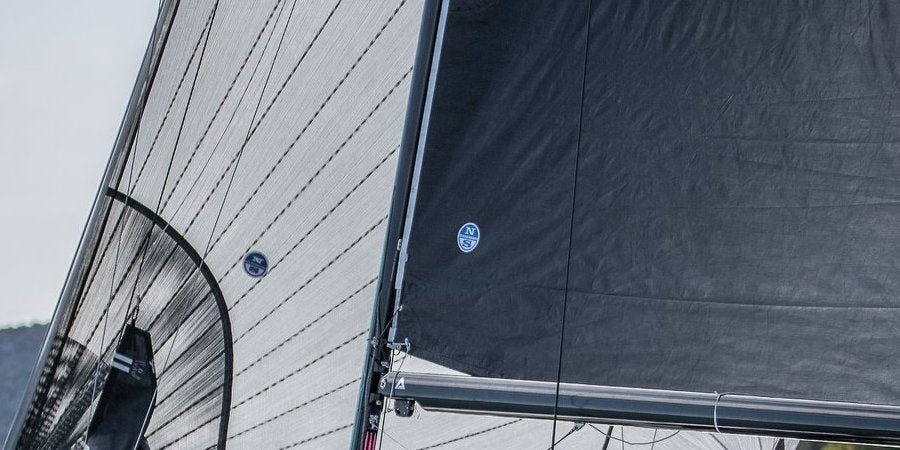
WEBINARI - ZA SVAKOG PONEŠTO
Webinari - za svakog ponešto
Kako se u skoro cijelom svijetu ograničilo slobodno kretanje i boravak na otvorenom, pa tako i na moru, bilo bi dobro iskoristiti sve ovo "slobodno" vrijeme za unaprijeđenje bar teoretskih znanja. Zato je North Sails prošli tjedan krenuo s online edukacijama. Pokrenut je veliki tim stručnjaka iz raznih područja jedrenja i bilo bi šteta to ne iskoristiti.
Ovisno o tome gdje se nalaze pojedini predavači, vremena održavanja webinara bit će različita, neka će više odgovarati publici u Europi, a neka onima preko nekog od oceana. U svakom slučaju ovdje možete pronaći popis tema koje će se obrađivati tijekom idućeg tjedna krenuvši od ponedjeljka.
Nadam se da će svatko pronaći nešto što ga zanima!
KLASA J 70 - 2. DIO
PONEDJELJAK, 06. TRAVNJA, 20:00 GMT
FINO TRIMANJE JEDARA I SAVJETI ZA OPTIMIZIRANJE KOMUNIKACIJE NA PALUBI
LINK ZA REGISTRACIJU
MALE KLASE - JEDNOSJEDI
UTORAK, 07. TRAVNJA, 13:00 GMT
SAVJETI ZA POVEĆANJE BRZINE NA REGATNOM KURSU, OPREMANJE JEDRILICA I POSEBNI SAVJETI ZA JEDRENJE U ORCU I U KRMU.
LINK ZA REGISTRACIJU
NORTH U WEBINAR
UTORAK, 07. TRAVNJA, 13:00 GMT
OSNOVE STRATEGIJE, TAKTIKE I PRAVILA.
LINK ZA REGISTRACIJU
UGODNO KRSTARENJE
UTORAK, 07. TRAVNJA, 13:00 GMT
SAVJETI ZA UGODNO JEDRENJE POPUT TRIMANJA VELIKE GENOVE PO JAKOM VJETRU ILI PRIPREME ZA KRAĆENJE JEDARA... PRIMIJENJIVO NA IZNAJMLJENOJ CHARTER JEDRILICI, TAKO I NA OKRETNOM REGATNOM KRSTAŠU.
LINK ZA REGISTRACIJU
KLASA VIPER
SRIJEDA, 08. TRAVNJA, 20:00 GMT
SAVJETI ZA TRIMANJE I KAKO SE POSTAVITI NA ČELO FLOTE.
LINK ZA REGISTRACIJU
KLASA MOTH - 3. DIO
SRIJEDA, 08. TRAVNJA, 21:00 GMT
SAVJETI IZ PRVE RUKE OD TOMA SLINGSBYJA, PROŠLOGODIŠNJEG SVJETSKOG PRVAKA.
LINK ZA REGISTRACIJU
KLASA OPTIMIST
SRIJEDA, 08. TRAVNJA, 22:00 GMT
O SVEMU ŠTO JE VAŽNO U OVOJ KLASI.
LINK ZA REGISTRACIJU
10 STVARI O JEDRIMA ZA KRSTARENJE
ČETVRTAK, 09. TRAVNJA, 17:00 GMT
ZANIMA VAS ZAŠTO SU NAJBOLJI TIMOVI TOLIKO BRZI? SAVJETI IZ PRVE RUKE OD ČOVJEKA KOJI RADI S NAJBOLJIMA.
LINK ZA REGISTRACIJU
KLASA J 22
PETAK, 10. TRAVNJA, 20:00 GMT
SAVJETI ZA MAKSIMIZIRANJE UČINKA JEDRENJA U ORCU.
LINK ZA REGISTRACIJU
SAVJETI "LETEĆIH ŠKOTA" - BRIAN HAYES, ZEKE HOROWITZ, GREG FISHER
SUBOTA, 11. TRAVNJA, 20:00 GMT
RAZNA PITANJA I ODGOVORI NA NJIH! SLOBODNI STE PITATI SVE ŠTO VAS ZANIMA.
LINK ZA REGISTRACIJU
Možda neke stvari neće biti zanimljive našoj publici jer je riječ o klasama na kojima se ne jedri u Hrvatskoj, ali svejedno, mnogo stvari se može univerzalno primijeniti i u drugim sličnim klasama.
Što se tiče troškova sudjelovanja njih nema u 9 od 10 webinara, a jedini u kojem je potrebno uplatiti kotizaciju je North U webinar Billa Glasdstonea.
Vidimo se u online učionicama!
READ MORE
READ MORE
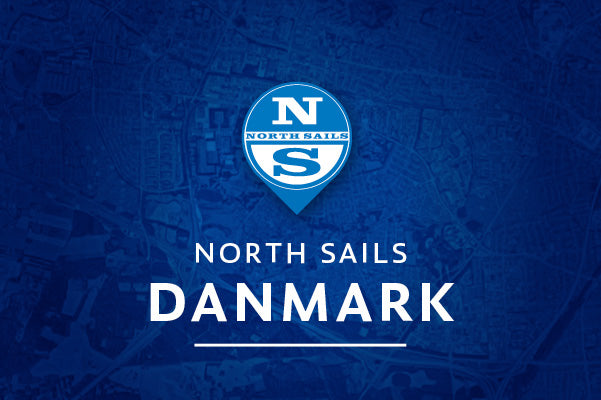
INFORMATION I FORBINDELSE MED CORONAVIRUS
CORONAVIRUS (COVID-19)
Information
Hos North Sails overvåger vi nøje udviklingen af Coronavirus (COVID-19) situationen og følger den aktuelle vejledning fra myndigheder og sundhedsmyndigheder for at sikre, at vi træffer de rigtige beslutninger for at beskytte vores kunder og ansatte.
Det betyder at alle vores sælgere samt designere i denne tid arbejder hjemmefra. Vores Serviceafdeling kører på fuld styrke for at sikre at alle sejl bliver klar til sæsonstart. Så er dine sejl klar til afhentning, bedes du ringe på forhånd, så vi kan aftale hvilke forholdsregler der skal tages med henblik på udlevering.
Vores sælgere og designere kan selvfølgelig kontaktes på e-mail eller telefon indenfor vores normale åbningstider:
Mandag - torsdag kl 9:00 - 16:30
Fredag 9:00 - 16:00
Telefon 39204090
Email: DEN@northsails.com<
READ MORE
READ MORE
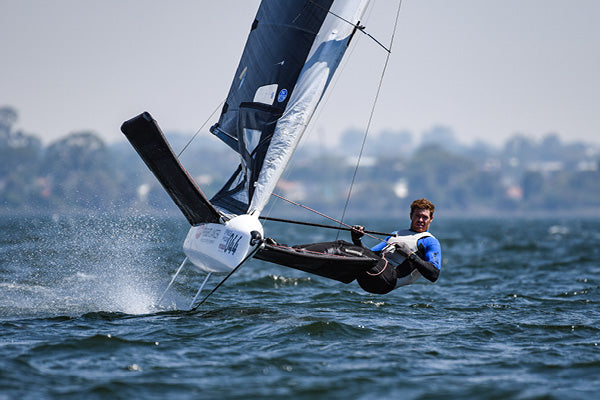
JOIN NORTH SAILS AND SPECIAL GUEST TOM SLINGSBY TO TALK MOTHS
TUNE INTO A LIVE MOTH WEBINAR WITH TOM SLINGSBY AND ROB GREENHALGH
2019 World Champion Joins North Sails for Let’s Talk Moths Webinar Series
Join Moth World Champion Tom Slingsby and North Sails class leader Rob Greenhalgh live on Wednesday, April 8th for the third session of Let’s Talk Moth. These two world-renowned sailors will take us through the in’s and out’s of race day strategy and provide tuning tips for the newly released 9DSX Decksweeper mainsail.
Sign up and register today for the Zoom link.
Register Now
Session 1: Expert Opinions and Introductions to the North Sails Class Leaders
North Sails Moth Class Leader, and National and European titleholder Rob Greenhalgh gives his expert opinion on a variety of topics and introduces key people within the class. Topics include an introduction to the series, a fleet update, and foiling like a pro.
Session 2: Sail Design, Spars and 3Di for the Moth Class
North Sails Moth Class Leader Rob Greenhalgh is joined by North Sails designer Ruairidh Scott and Chris Dixon from CST Spars for the second live session for the Moth class.
READ MORE
READ MORE
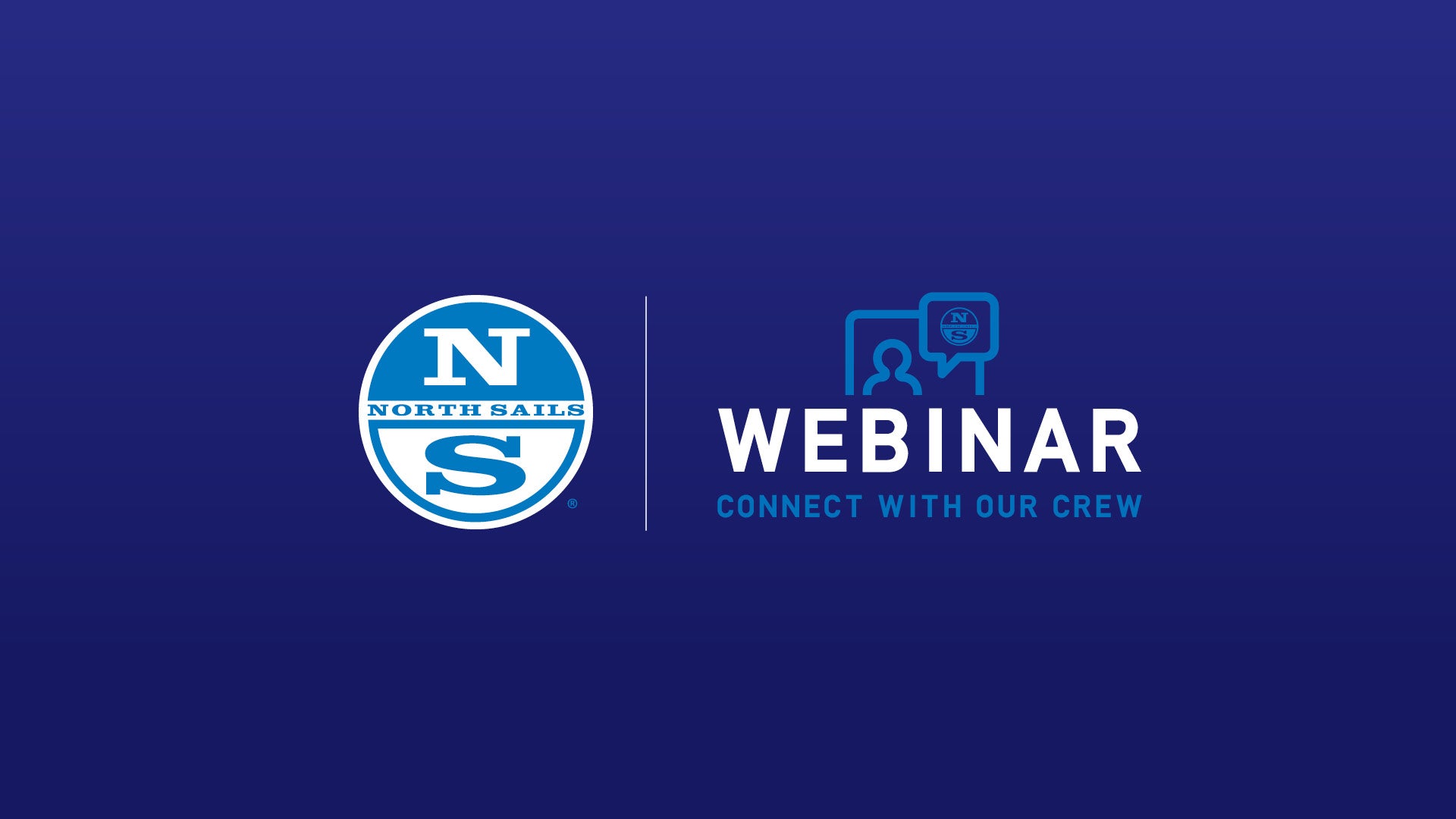
LET’S TALK MOTH WITH ROB GREENHALGH | SESSION ONE
LET’S TALK MOTH WITH ROB GREENHALGH
Session One
North Sails Moth Class Leader and National and European titleholder Rob Greenhalgh gives his expert opinion on a variety of topics, and introduces key people within the class in the first of many live sessions for the Moth class. Essential topics include an introduction to the series, a fleet update, and foiling like a pro.
READ MORE
READ MORE

WE'RE HERE TO HELP WITH ANSWERS
CHECK-IN. GIVE US A CALL. WE’RE HERE TO HELP WITH ANSWERS.
Just Like All Of You, We Can’t Wait to Get on the Water
North Sails President Ken Read checked in to give us an update on what’s going on at North Sails this week. Ken, like all of us, is working from his makeshift home office in Rhode Island. It’s a strange time for the world right now, but our lofts are open where possible, and the North sales and service team are available for a call at any time.
Like all of you, we can’t wait to go sailing; being contained to our homes right now is only growing our desire to get on the water. We’re working hard to deliver updates and a daily dose of the sport we love. Check-in on northsails.com and follow along with Instagram or Facebook for the latest news at North Sails.
Pre-Season Prep
We may not have our exact launch dates, but we are all looking forward to getting on the water as soon as possible. Your local service teams are hard at work to make sure that you’re ready to enjoy every single second of the 2020 sailing season.
At North Sails, our mission is to provide you with expert repairs, maintenance, and upgrades. Every sail serviced by our teams undergoes a thorough inspection designed to identify maintenance issues to avoid major problems later on. Our Certified Service teams are on hand during this time to provide you with pre-season service, including the North Sails signature 10-point inspection.
By Appointment: Curbside Service
Come to us or we’ll come to you! North Sails is now offering curbside pick up and delivery of sails where local rules allow. Call and schedule a time for pick up or drop off out in front of our building or at your home. Find your nearest loft today and make an appointment to have your sails serviced or new sails delivered so you can hit the ground running once the sailing season begins.
READ MORE
READ MORE
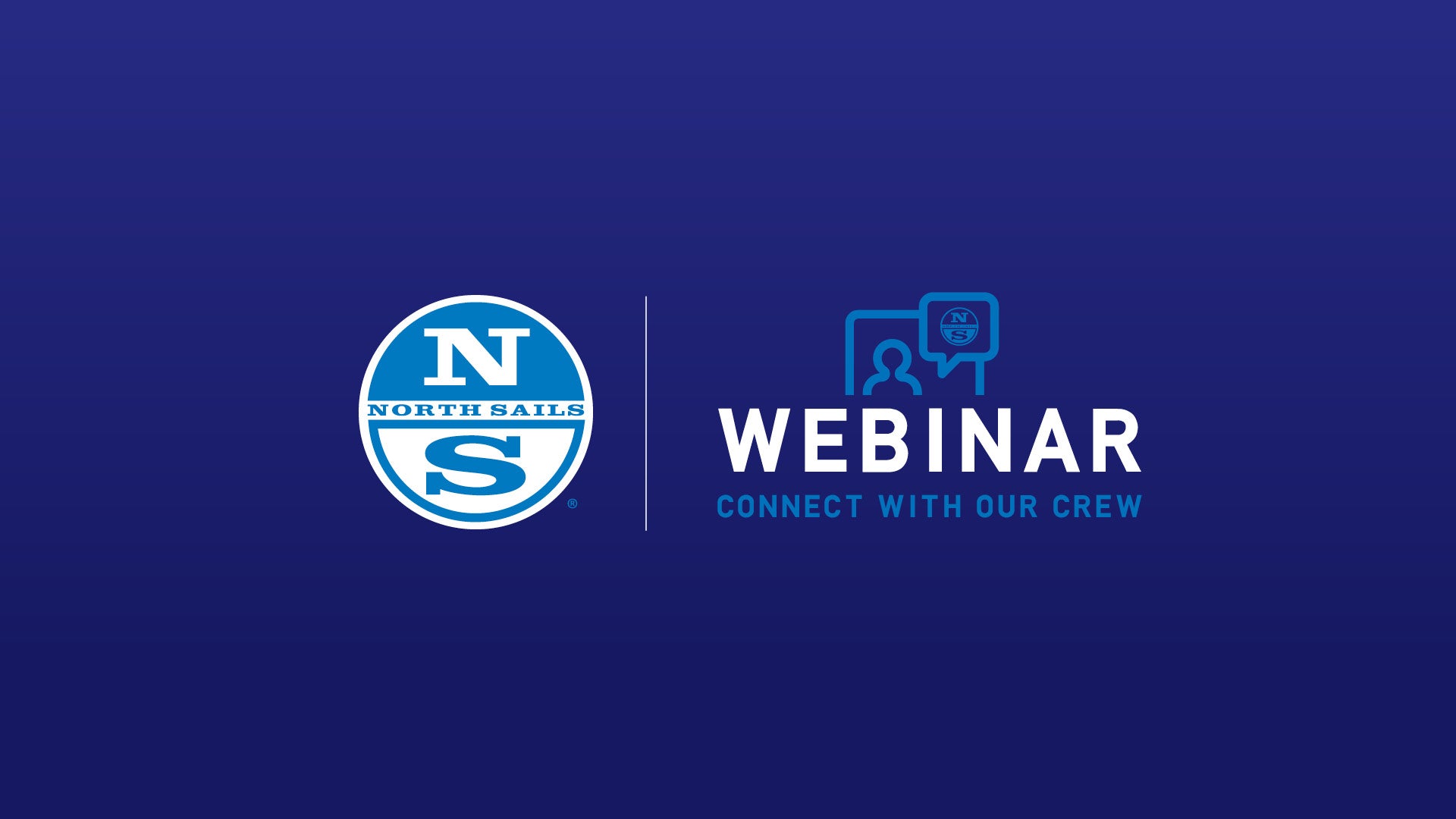
LET'S TALK VX ONE | JIBES & DOWNWIND MODES
LET’S TALK VX ONE
Jibes & Donwind Modes
Tune in with North Sails VX One expert Mike Marshall for an interactive web talk on the different types of jibes and downwind modes.
READ MORE
READ MORE

BUILDING YOUR SAIL INVENTORY
BUILDING YOUR SAIL INVENTORY
A Look Into Code Zeros
Local North Sails expert Hugh Beaton shares advice on building your sail inventory when it comes to Code Zero's. It all starts in a consultation with lots of open questions to fully understand how the sail will be used and where it fits into the rest of the boat’s inventory of sails so that good crossovers can be achieved. This past year I had the pleasure of working on a new project where the inventory of sails needed to be simple and easy to handle by a small crew when sailing offshore, and yet high performance to compete in the premier races on the Great Lakes. Suspect was launched just days before the Susan Hood Race, and completed her sea trials during the race. Well done to all that worked on her beautiful refit. Our task in designing the sail wardrobe was to cover as much of the wind speed and wind angle chart as possible with just four sails; Mainsail with three reefs, 135% furling genoa, A2 spinnaker, and a versatile Code Zero. Later in the summer I was able to join the boat for the Lake Ontario 300 and use the sails in a wide range of challenging conditions.
"This experience allowed me to came away with a new appreciation of what Code Zero's can offer for all of us, regardless of the speed of the boat or the size of the budget", commented Hugh.
In the case of Suspect, the design of the sail is much more full to give the sail a clean and easy-to-use reaching shape that works really well in the 55-90 awa range (apparent wind angle). In light winds the A2 crossover is at 75 AWA, compared to 90-100 AWA for winds above 12 TWS. For modern sailplans with non overlapping jibs, the Code Zero can be a very different sail, targeted to tight wind angles and light winds, offering the performance of a huge genoa. Our new Helix family of Code Zero's is ideal for these applications offering a flatter shape while maintaining a clean leech exit. For any type of distance racing, a modern Code Zero that has been custom designed for the application is a very valuable weapon - a must have for most.
READ MORE
READ MORE
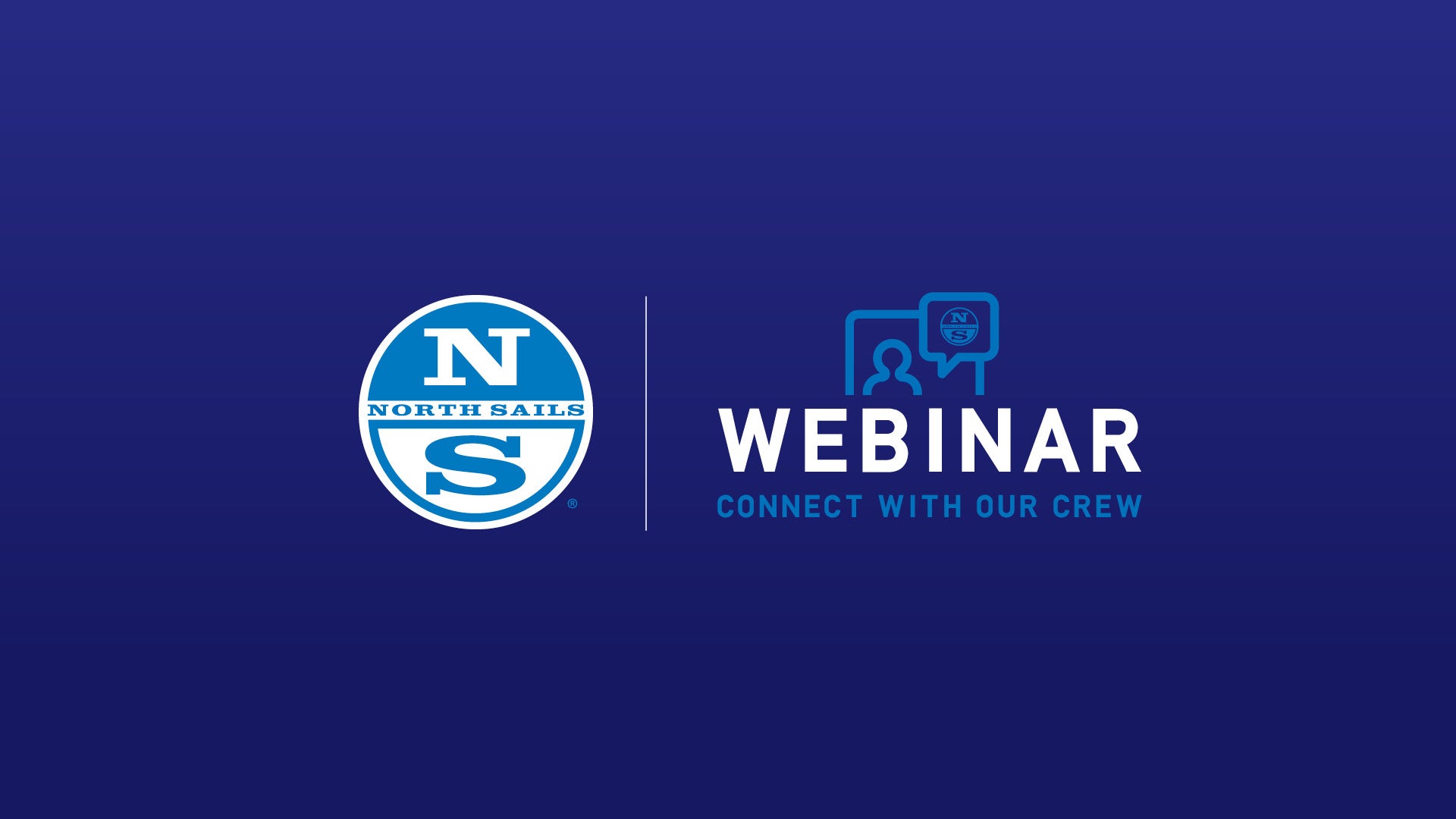
LET'S TALK 'OFF THE WIND' SAILING WITH AUSTIN POWERS
LET’S TALK OFF THE WIND SAILING WITH AUSTIN POWERS
North Sails expert Austin Powers and Broad Bay Sailing Association discuss modern advancements in off the wind sailing.
READ MORE
READ MORE
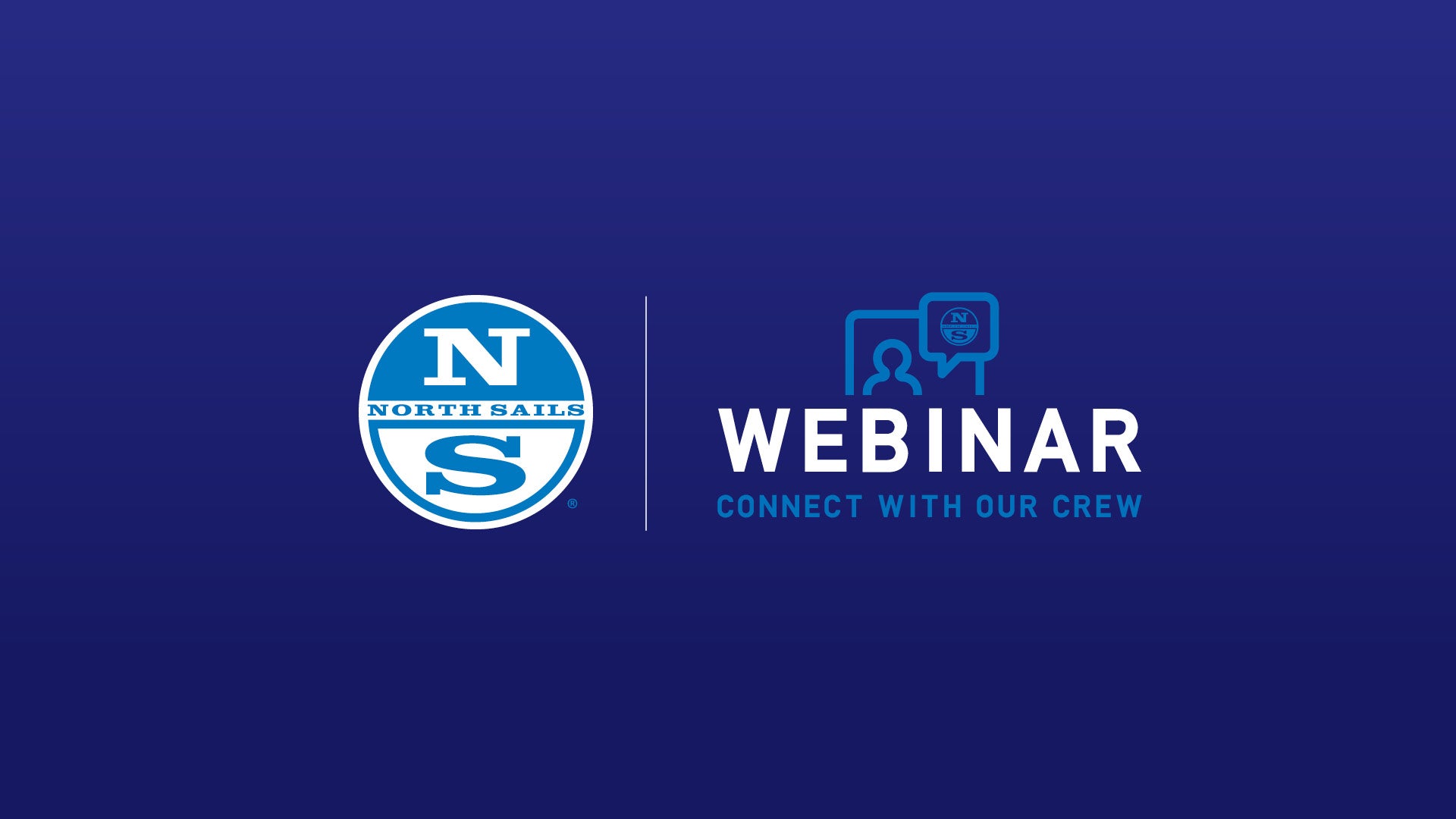
LET’S TALK LIGHTNING | CHANGING GEARS
LET’S TALK LIGHTING
Changing Gears
Lightning Class Expert Brian Hayes and special guest Greg Fisher share tips on how the top teams change gears and keep the boat going fast in this interactive live session.
READ MORE
READ MORE
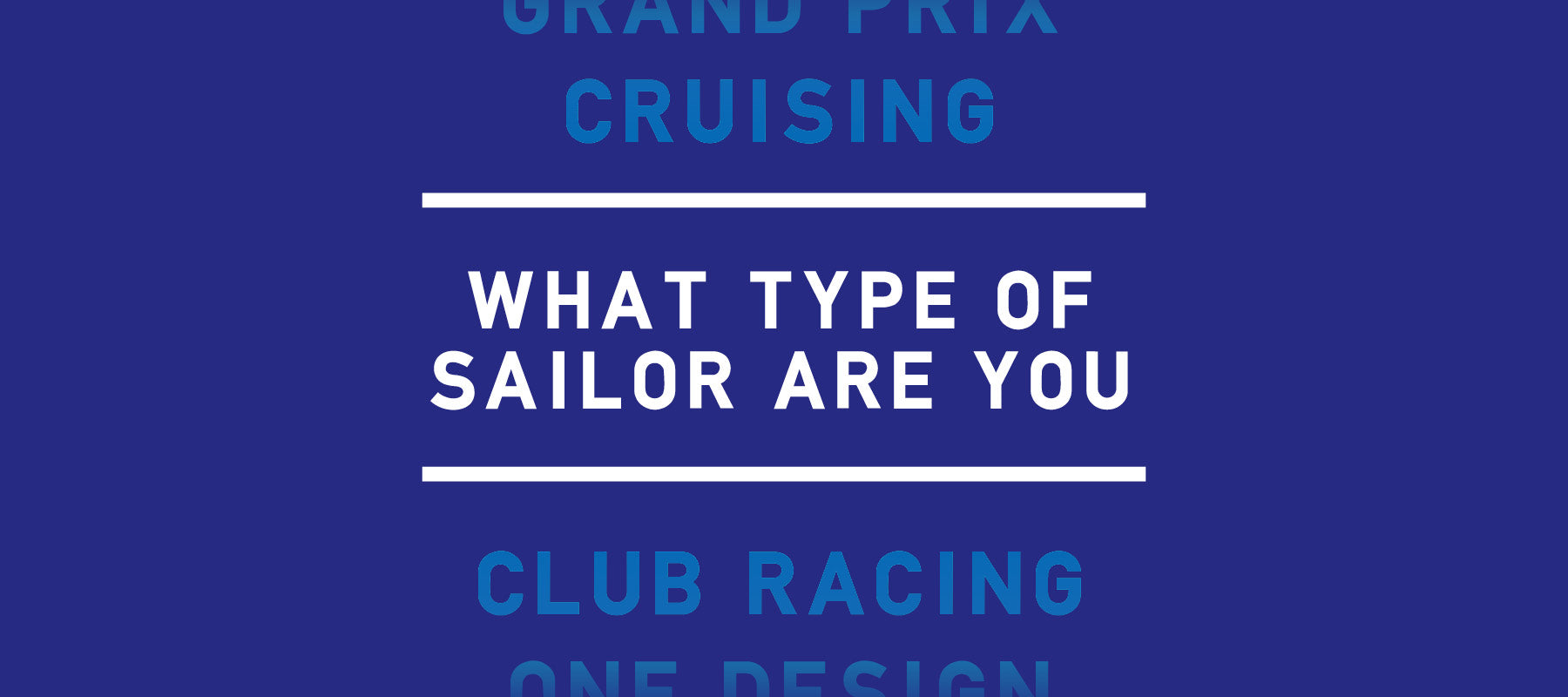
NAVIGATE MATERIAL OPTIONS WITH SAIL FINDER
A NEW WAY TO NAVIGATE SAIL CHOICES
North Sails Introduces an Interactive Sail Finder to Pair Sailors With Their Ideal Material Match
Do you race, cruise or do both? North Sails offers a broad range of sail materials to meet a wide variety of needs. This can make navigating sail material choices daunting. Depending on whether you are racing around the buoys on a summer evening, racing offshore, or competing at a world championship, your sail requirements will vary. The same is true for cruisers. You may be enjoying an hour-long daysail or spending a year exploring the South Pacific. Either way, making the right sail choice is important.
What if you race and cruise? We offer crossover sail materials for dual purpose use as well. We’d like to introduce you to our new interactive sail finder which will help you find the ideal match for your type of sailing.
Find Your Sail
READ MORE
READ MORE
![LET’S TALK OPTIMIST WITH HUGO ROCHA [PORTUGUESE]](http://www.northsails.com/cdn/shop/articles/2020-04-09_72683859-8cf2-442d-bdf3-9cd855b1ad75.jpg?v=1685171256&width=1920)
LET’S TALK OPTIMIST WITH HUGO ROCHA [PORTUGUESE]
LET’S TALK OPTIMIST WITH HUGO ROCHA
Session One
North Sails Optimist expert and winner of several World and European titles, Hugo Rocha, gives his opinion as an expert on various topics alongside guest Olympic sailor Jorge Lima.
READ MORE
READ MORE
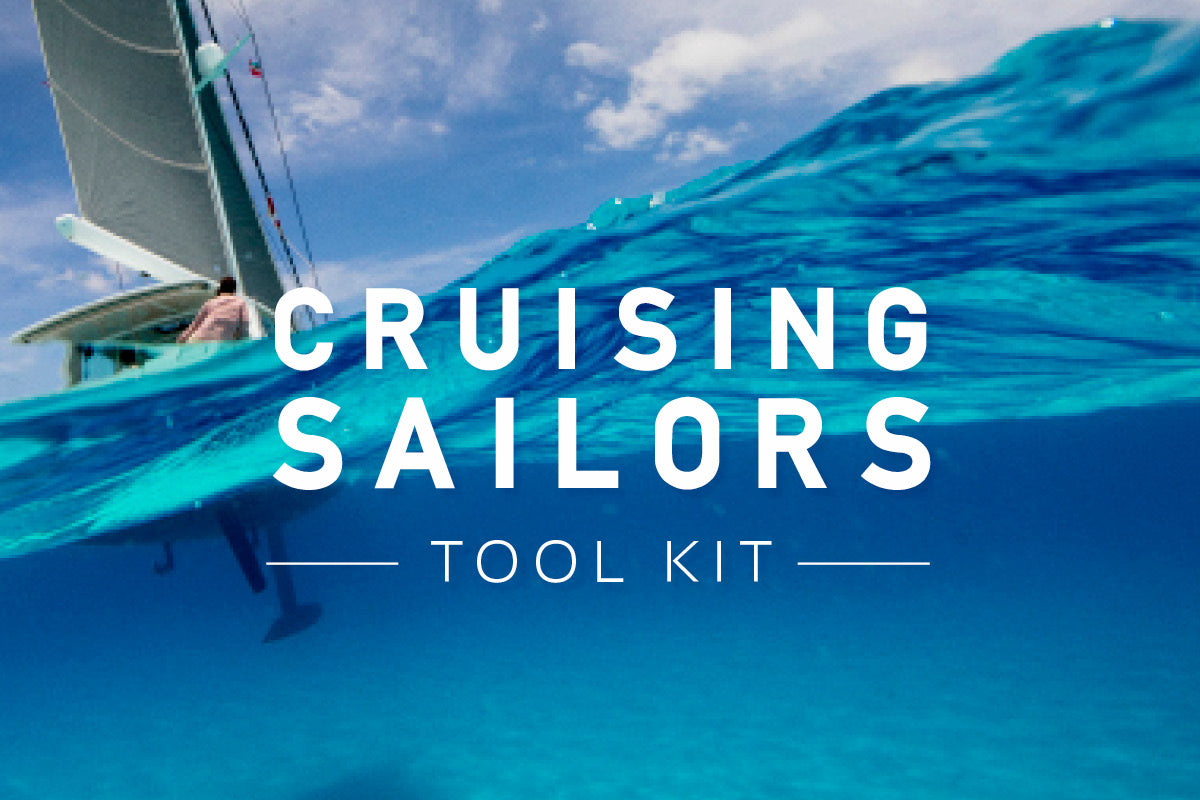
CRUISING SAILORS TOOL KIT
We’re All About Your Next Adventure
Our experts have created a variety of articles to help you gain confidence for your next getaway. Topics include battens, weather, safety, durability of cruising sails, and more. Whether you are leaving land behind or simply sharing leisure time with friends and family, our North Sails Cruising Tool Kit will help you prepare for your next trip.
Forecasting For Your Trip
Libby Greenhalgh has navigated around the world twice with the Volvo Ocean Race; she’s a director with the Magenta Project and has an offshore resume that ranks her among the top sailors in the world. Greenhalgh sat down with North Sails to share her steps for planning a trip offshore.
Learn More
Installing and Tensioning Your Battens
Thinking about battens? Preparing for a new season is something that is on everyone’s mind. Whether you’re staging your boat to launch or planning an extended cruise, it’s important to make sure you’ve got your battens installed properly and tensioned correctly.
Learn More
Furling Sails & UV Suncovers
What happens if you furl your sail the wrong way? – with the sun cover on the inside instead of the outside of the furl? Learn more from Expert Hugh Beaton on how to prevent UV exposure and a bad furl.
Learn More
Safety Always Comes First
Hardcore ocean racers and coastal cruisers alike should all make safety at sea a priority. Practices from racing in the World’s toughest conditions of the Southern Ocean can be applicable to sailors of all levels and speeds. North Sails President, Ken Read, shares his tips for all sailors on his best protocols for sailing offshore.
Learn More
Cruising Sailors Demand Durability
Predicting durability is a tough challenge, because sails are subjected to so many different forms of use and conditions. That said, the most common question we hear from cruising sailors is: “How long will my sails last?”
Learn More
Sources Of Power
Cruising sail trim priorities will vary depending on the wind strength. The easiest trimming condition is moderate winds of 8 to 10 knots, because you trim for full power and indicators like telltales are easy to read. Here’s how to set each source of power.
Learn More
Interested in North Sails cruising sails? Contact your local loft today.
READ MORE
READ MORE
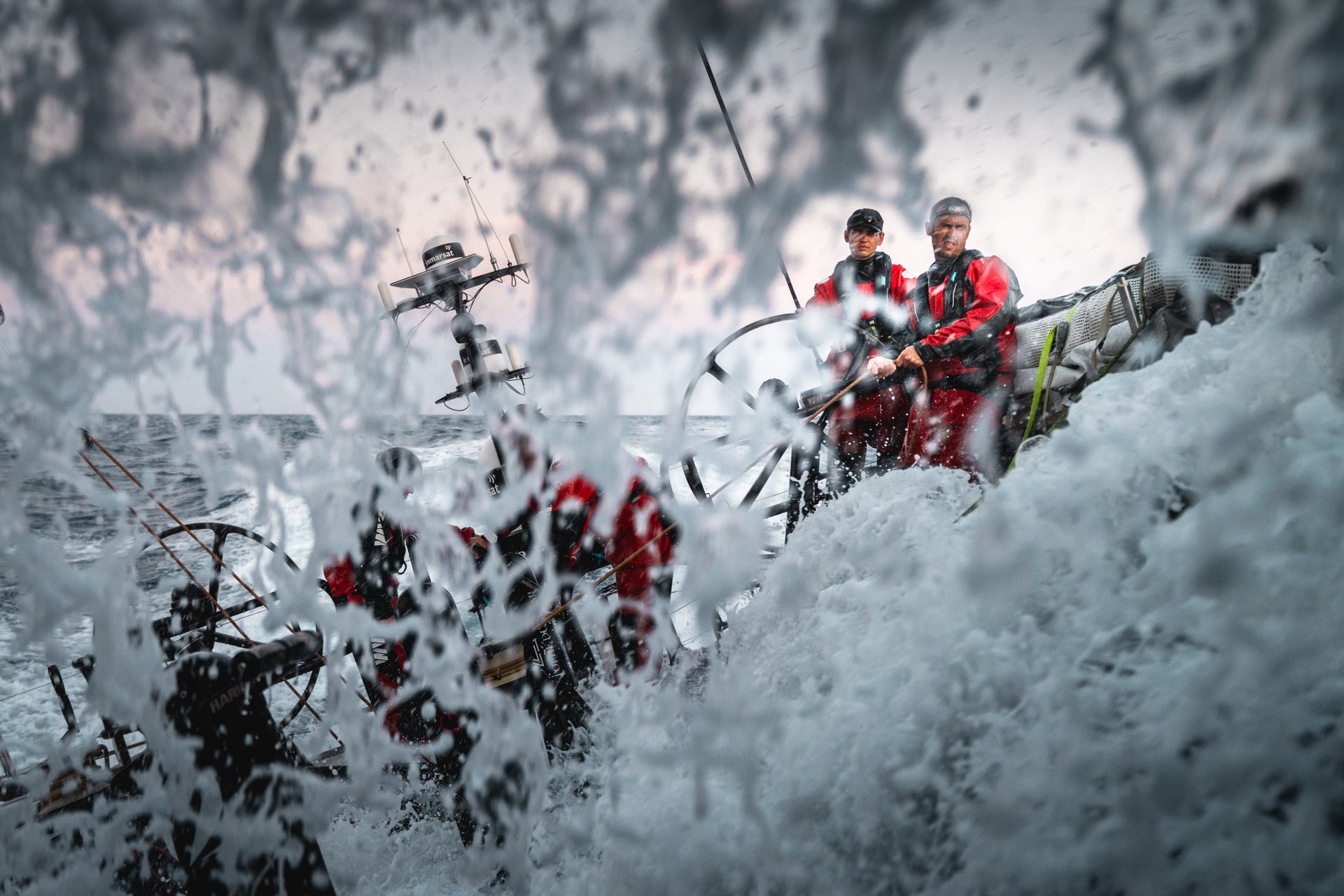
KEN READ ON OFFSHORE SAFETY
Hardcore ocean racers and coastal cruisers alike should all make safety at sea a priority.
READ MORE
READ MORE

WHY CHECKING THE FORECAST MATTERS
Libby has delivered and cruised all over the world. Her experience has given her an exceptional eye for weather. Greenhalgh sat down with North Sails to share her steps for planning a trip offshore.
READ MORE
READ MORE

READY FOR THE ETCHELLS WORLDS
READY FOR THE ETCHELLS WORLDS
Successful Australian Season Comes to an End
Magpie 📸 John Curnow
North Sails Etchells designs dominated four Australian events leading up to the 2020 Worlds in Fremantle in November: the state championships for Queensland, New South Wales, and Victoria, and the Australian Nationals.
Graeme Taylor helped the team onboard Magpie claim the National title and then went on to win the New South Wales Championship on Lake Macquarie where North boats claimed the top four finishing positions.
Another very strong fleet turned out for the Victorian States, and this time it was Iain Murray’s Havoc that took the win with a race to spare. Despite extremely shifty, offshore, easterly winds, no other boat came close to their consistency; Murray and his crew won all three races.
Havoc 📸 John Curnow
Both teams used the same designs that won last year's Worlds in Corpus Christi, Texas: PC-FM Mainsail, MAL and GT jibs, and FR-2 spinnaker. A more recent introduction is the VMG-3 down-range spinnaker.
Asked what makes North designs so quick, Etchells class expert Noel Drennan replies, “Our Etchells sails benefit from old-school style tuning and are designed by people with an experienced eye. The MAL and GT headsails were developed from long-standing North designs, using straight-line sail testing; if it's not faster, try something different.’’
“Our Etchells sails benefit from old-school style tuning and are designed by people with an experienced eye. The MAL and GT headsails were developed from long-standing North designs, using straight-line sail testing; if it's not faster, try something different.’’
Taylor and Murray two-boat-tune together before each regatta, which helped Murray win the 2019 Worlds. Drennan says that this team approach is being replicated by several other Australian Etchells teams. “With many teams now armed with both the PCFM/MAL/GT jibs and a full understanding of the tuning, we are seeing very strong performances from people like John Bertrand, JC Strong, Chris Hampton, David Clark, and Mark Thornborrow.’'
2020 Worlds Local Knowledge
Drennan knows Fremantle well. “In a normal sea breeze day with two races, I would expect the first race to be approximately 10-14 knots and the second 14-18 knots, probably building after racing has finished. That being said, the Swan River fleet had a training camp in November 2019, and the entire week was light air.''
"There is a high likelihood of sailing in fantastic upper-range, sea breeze conditions. The local fleet is very much behind the regatta, and it will be a fantastic championship.’’
“Tactically, in a normal sea breeze race, a good start with the ability to stay on starboard tack for at least four to six minutes will probably be rewarded,’’ he continues. “If the wind comes off of the land instead, it will be a case of looking upwind and using what you see, knowing that every course option is open. In this breeze, there will be many opportunities for teams that have slipped behind to recover, making for some exciting racing.’’
Leading up to the Worlds, the Swan River Fleet has mini-regattas planned monthly through the winter at the racing venue. The Syd Corser Regatta in October is a very prestigious Etchells event which is likely to have a strong turnout, and the Australian Championship is planned for mid-November.
“Freemantle is one of the epic sailing venues of the world,” Drennan says, “with a history of hosting racing for America’s Cup and Olympic classes, as well as Etchells, Dragon, and Soling Worlds. There is a high likelihood of sailing in fantastic upper-range, sea breeze conditions. The local fleet is very much behind the regatta, and it will be a fantastic championship.’’
Forte 📸 John Curnow
Lisa Rose 📸 John Curnow
Havoc 📸 John Curnow
READ MORE
READ MORE
